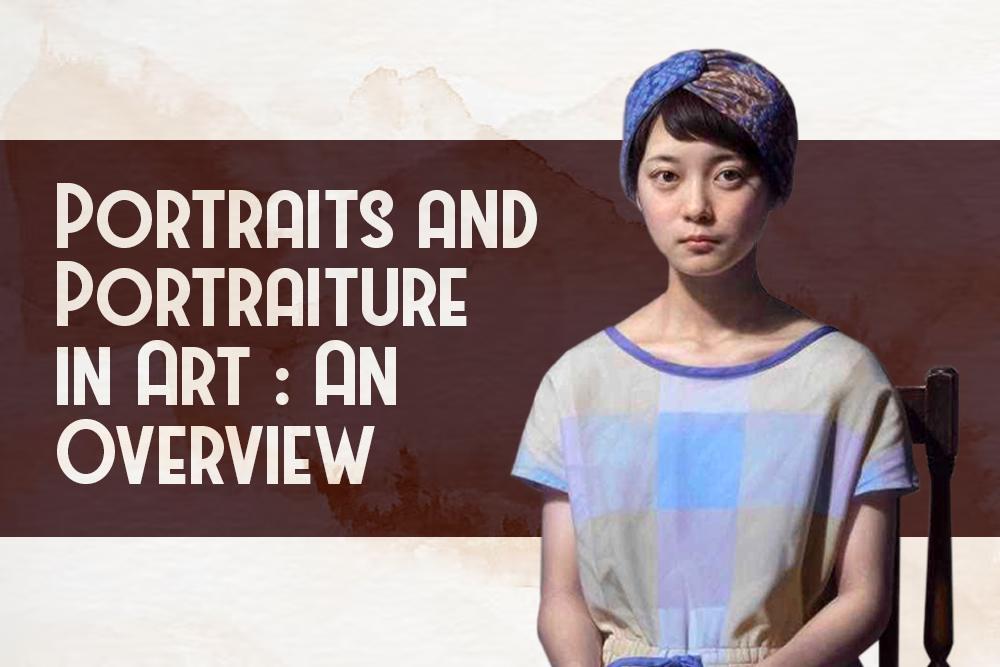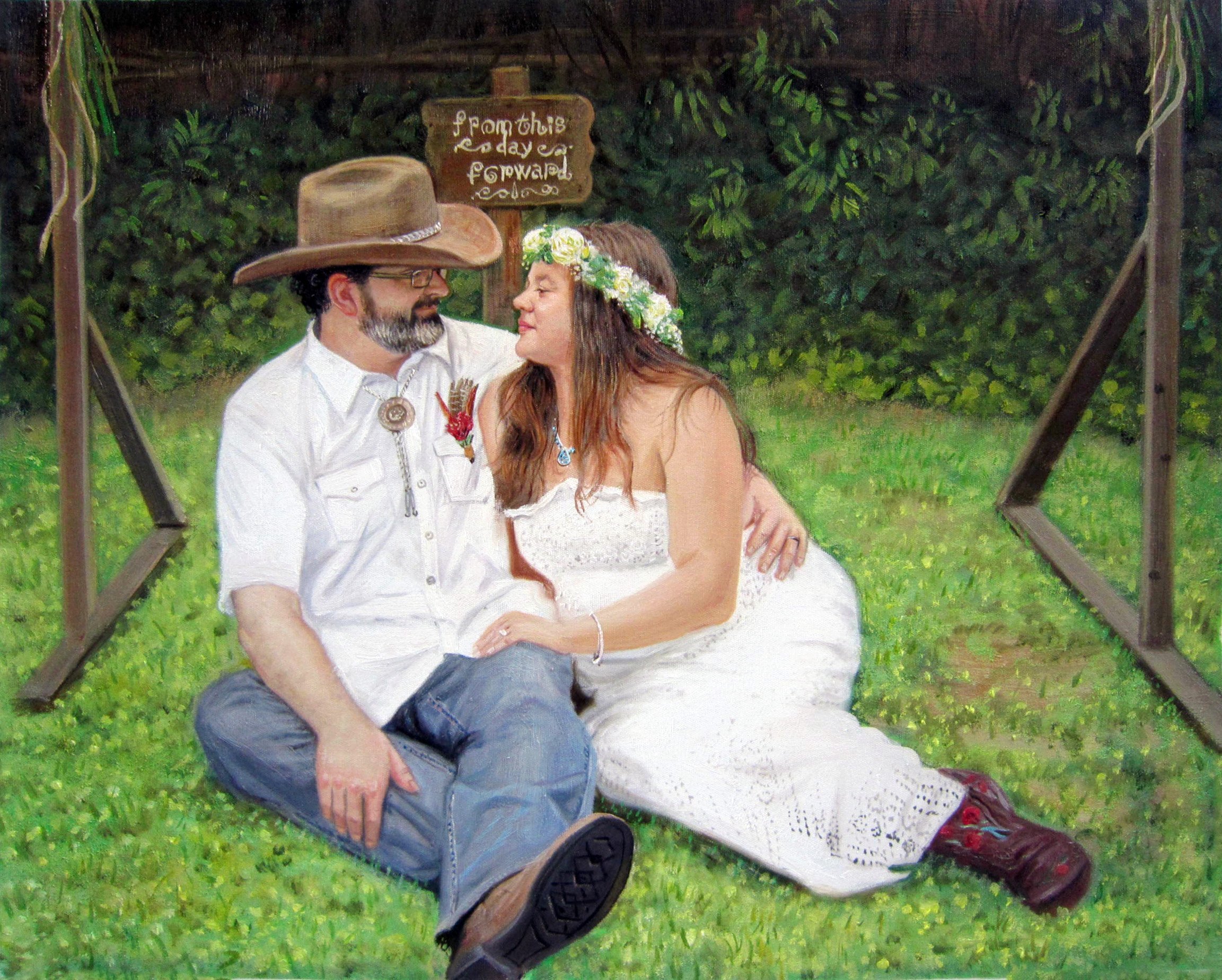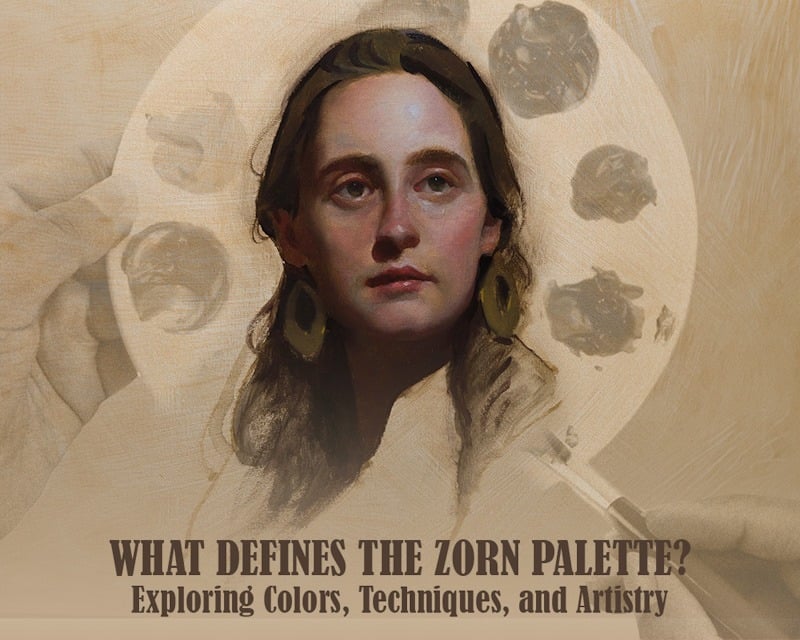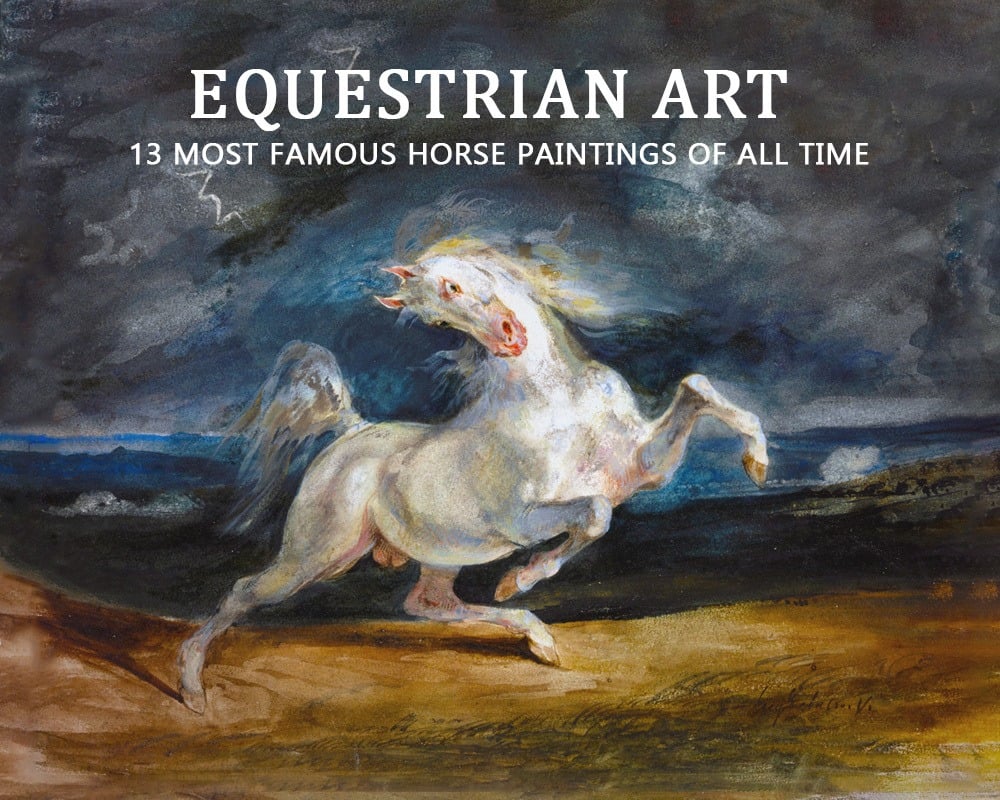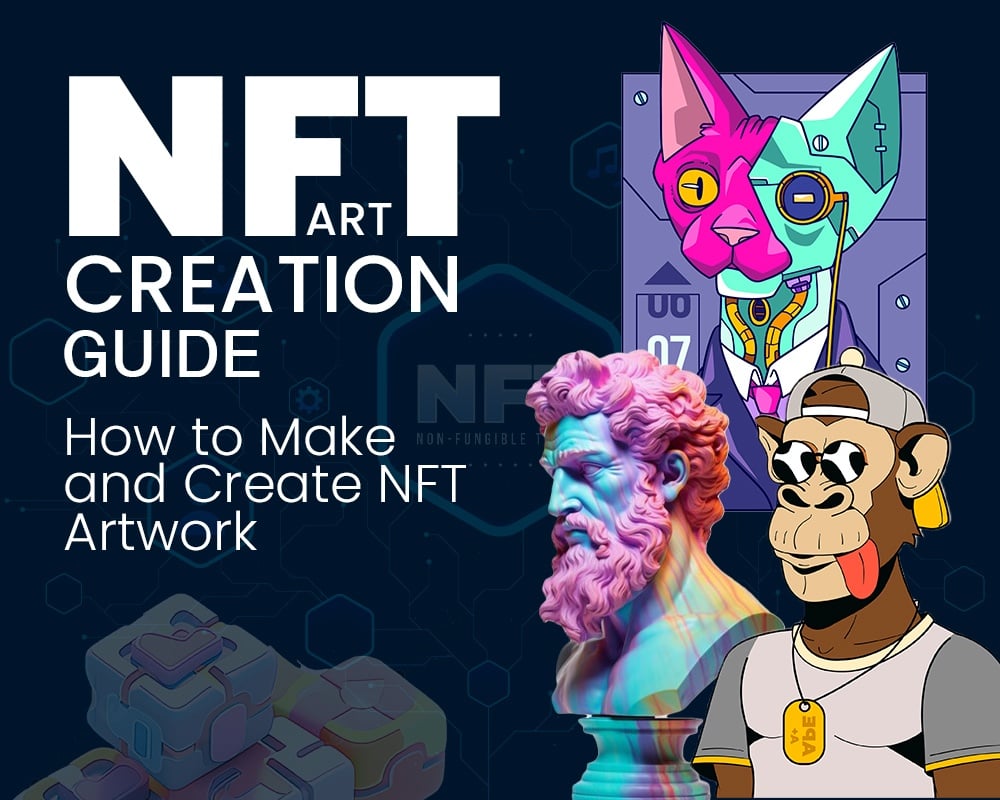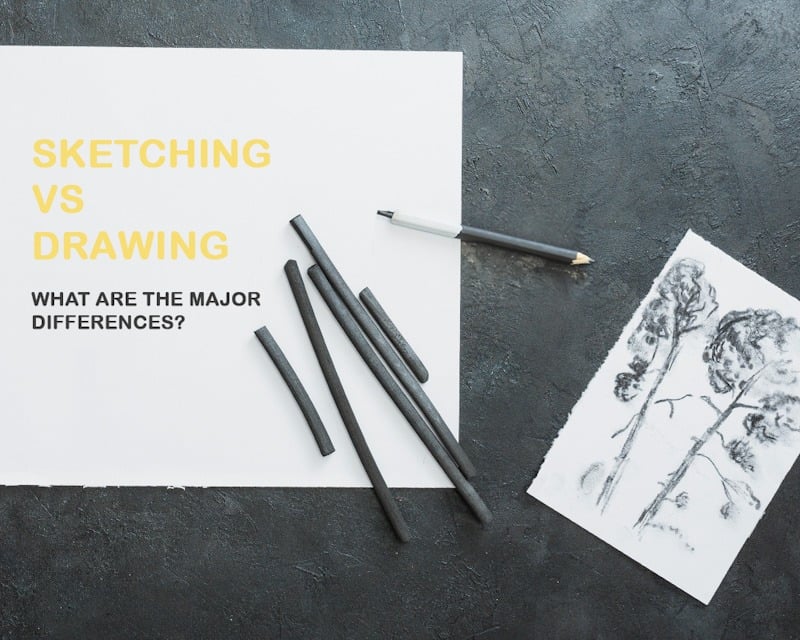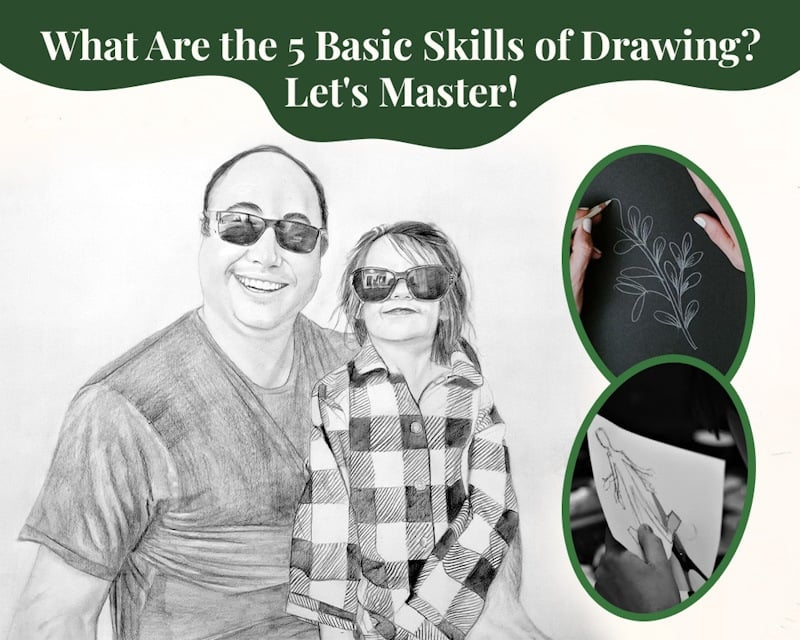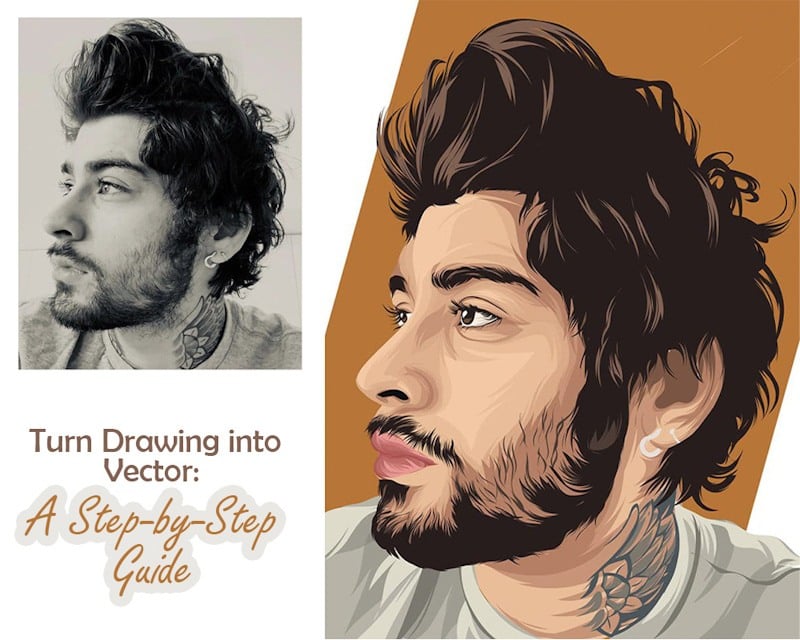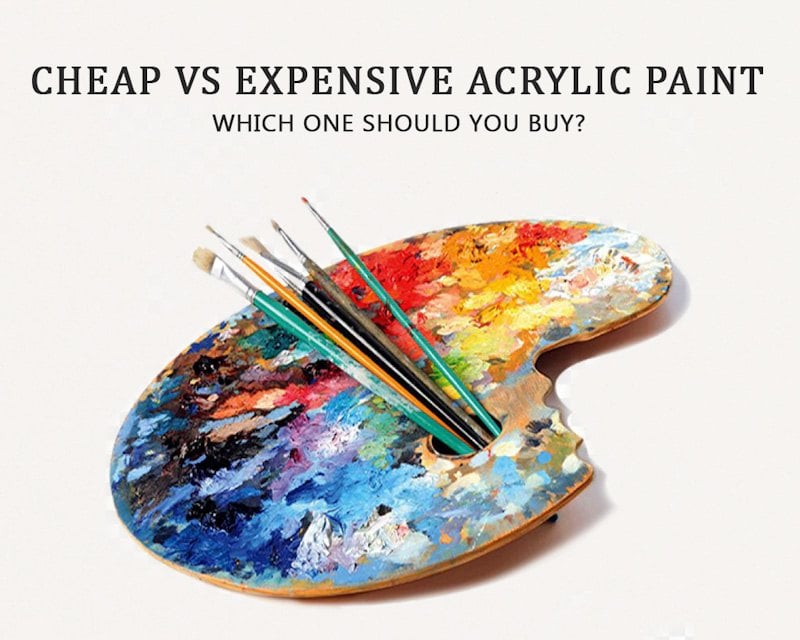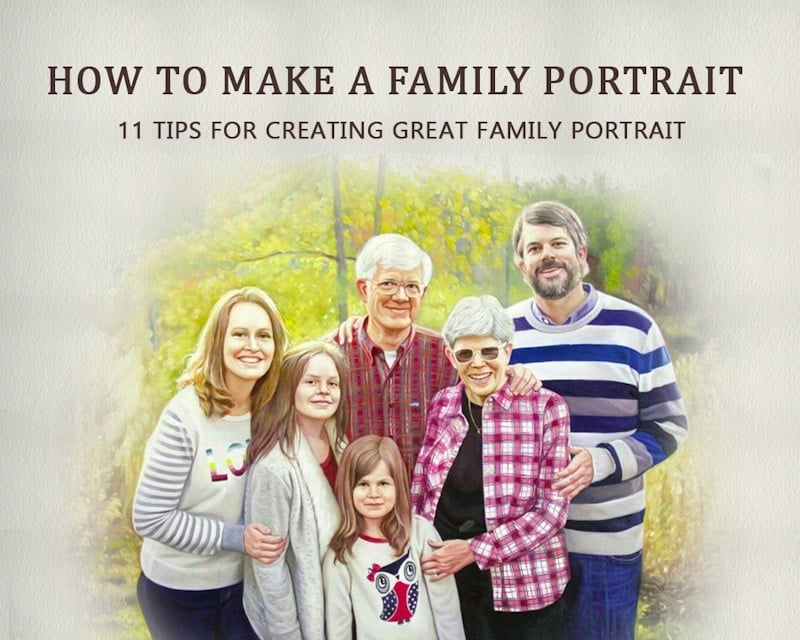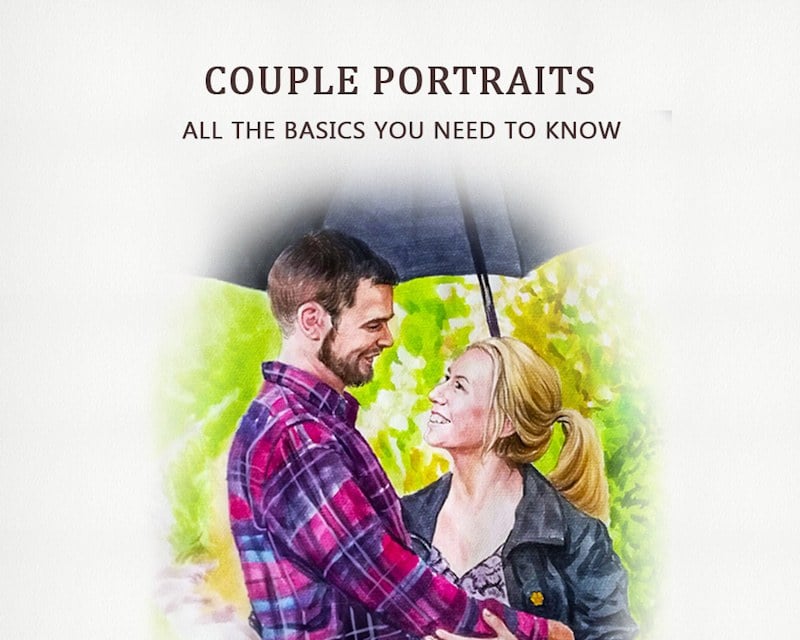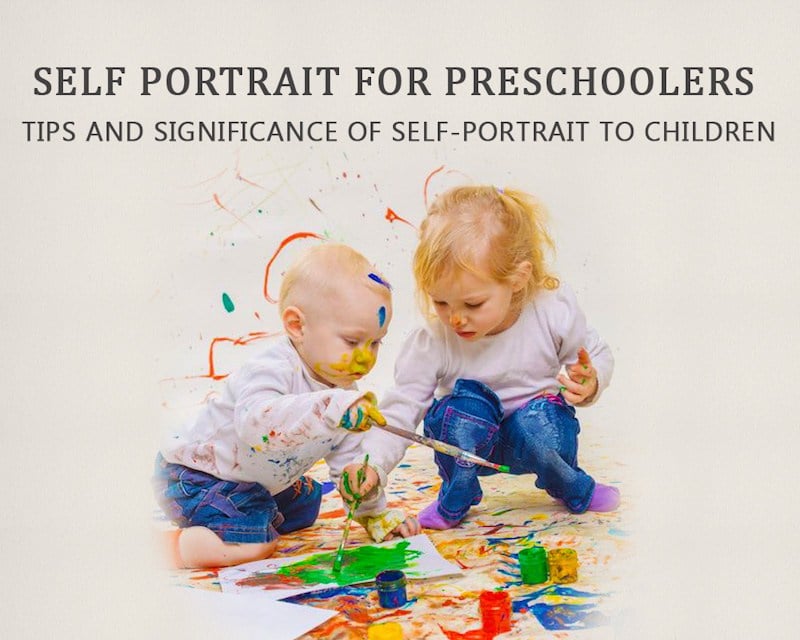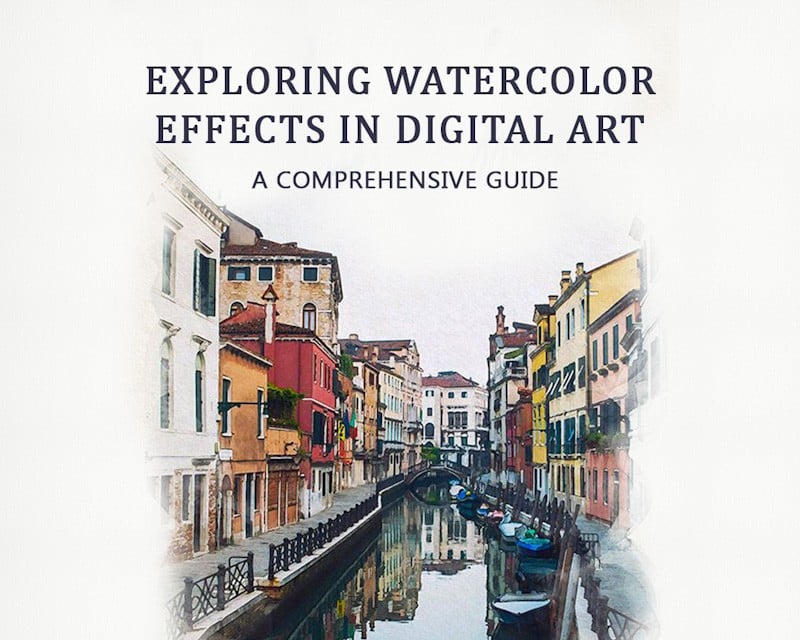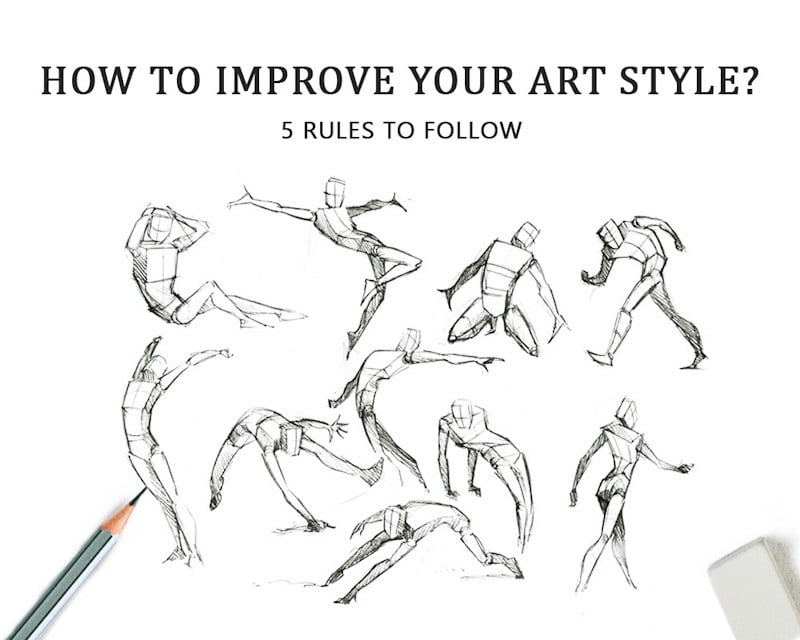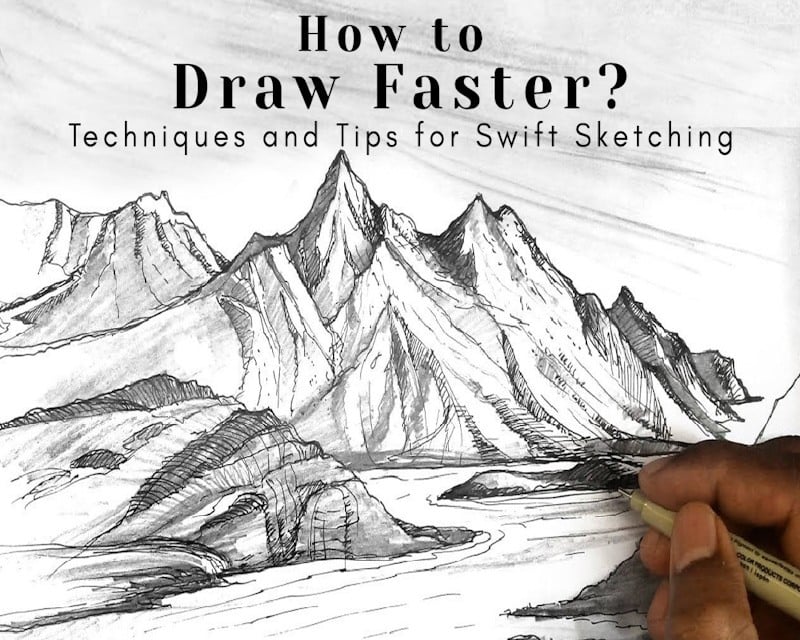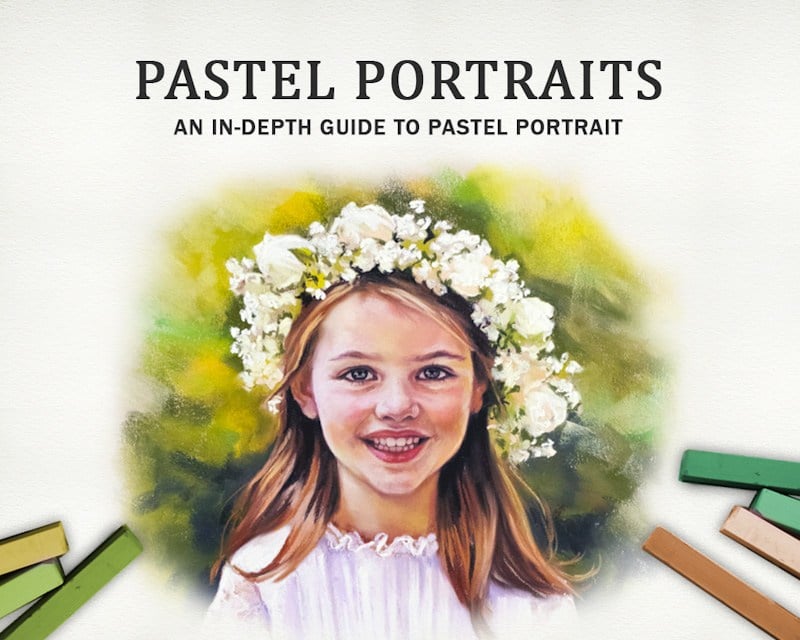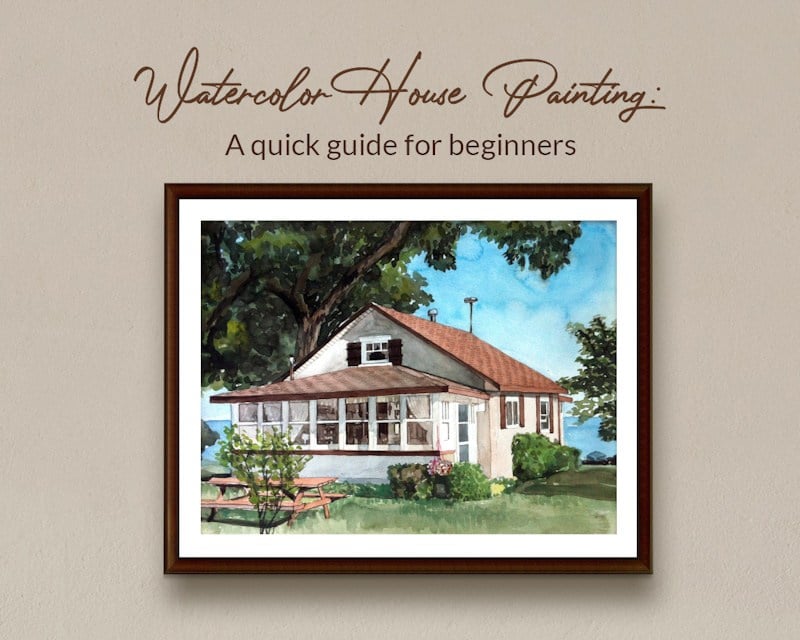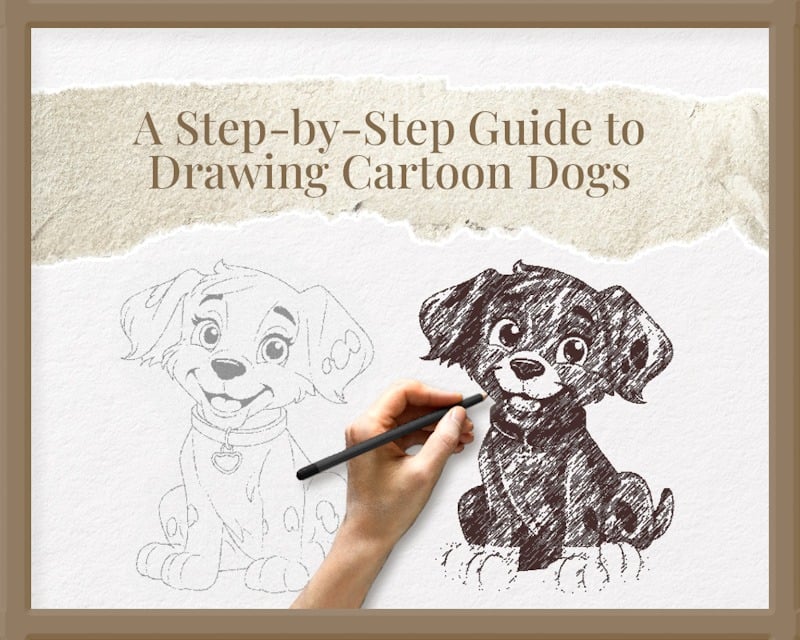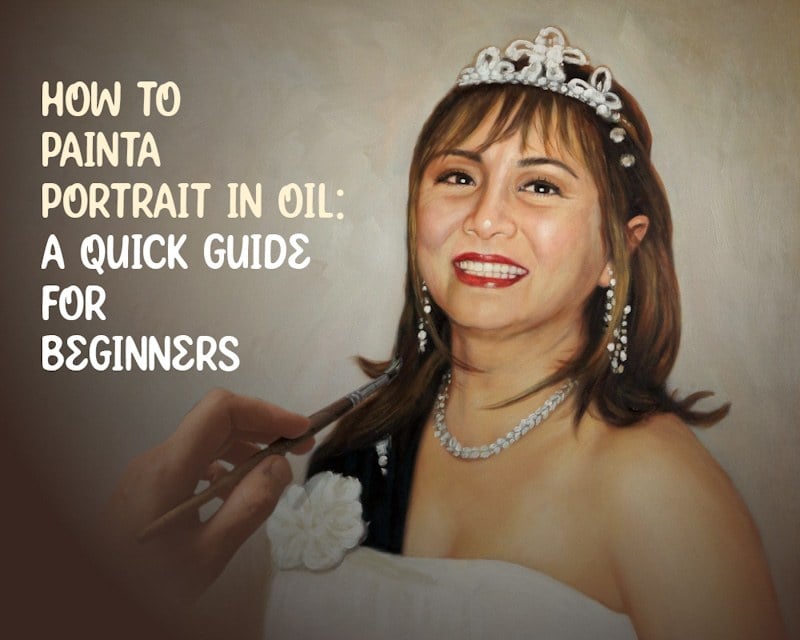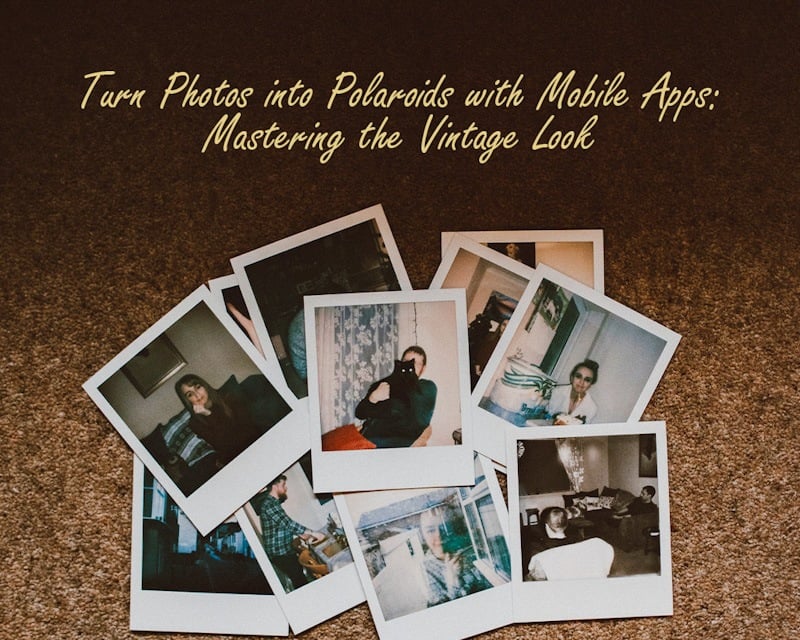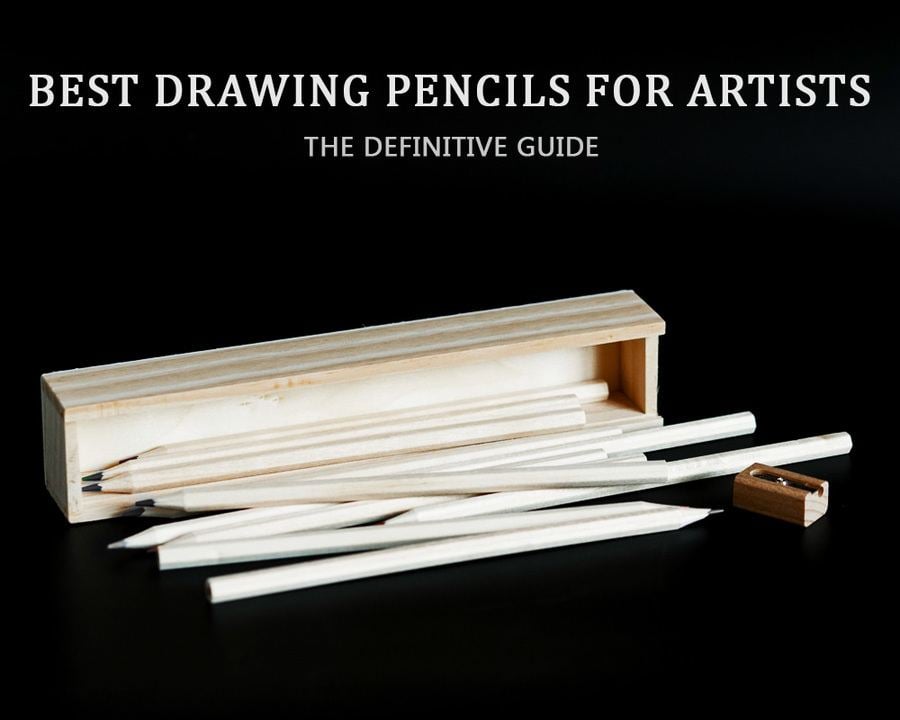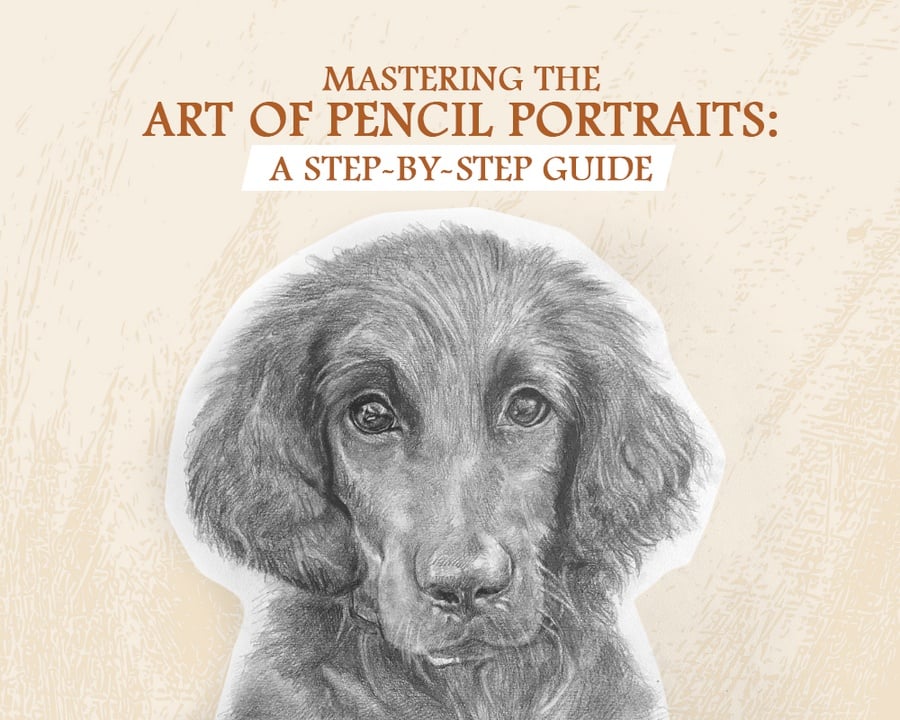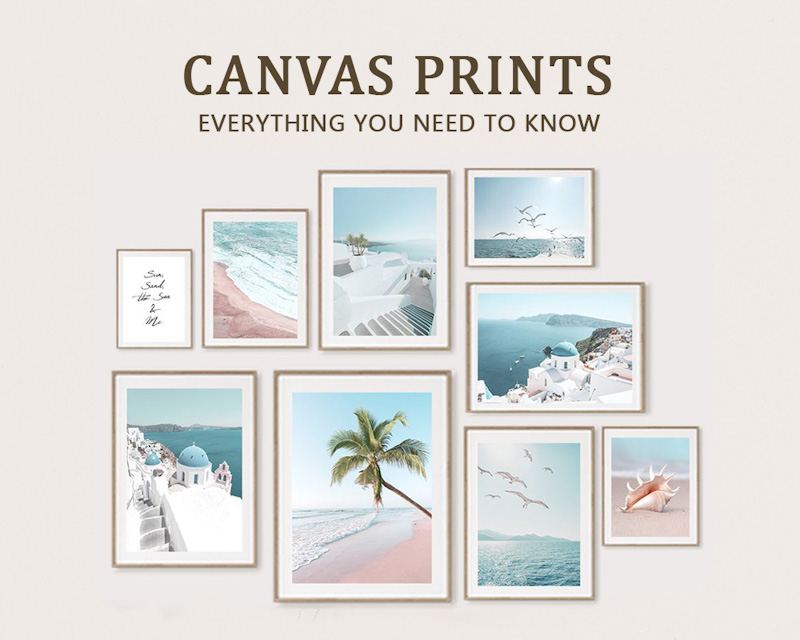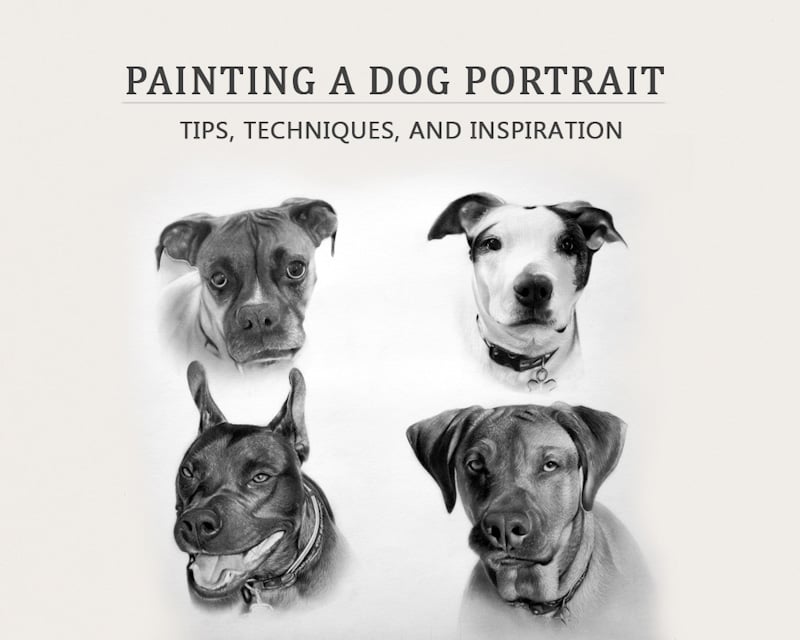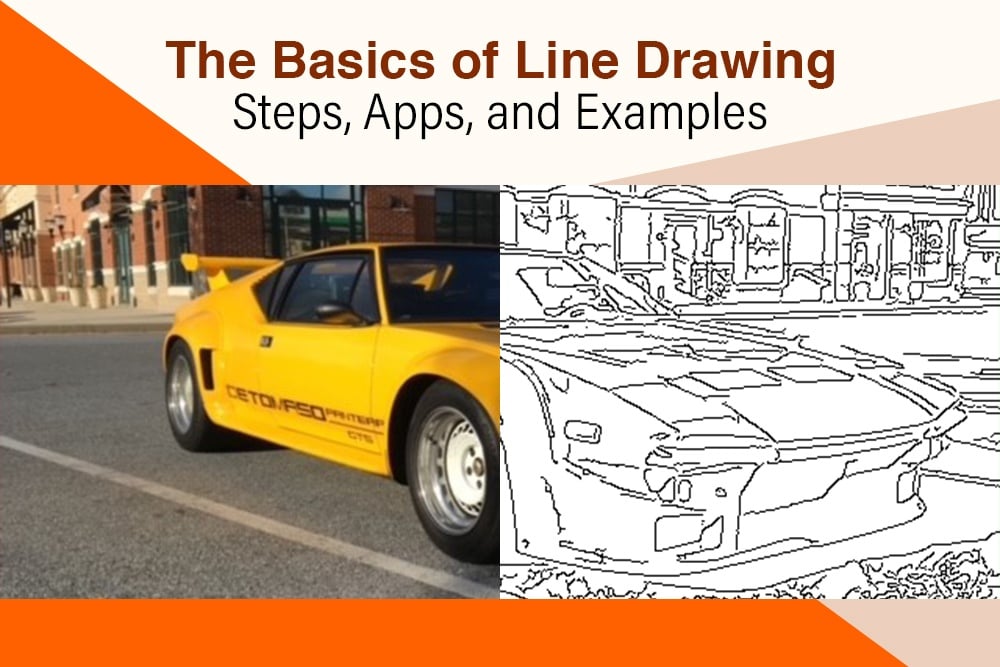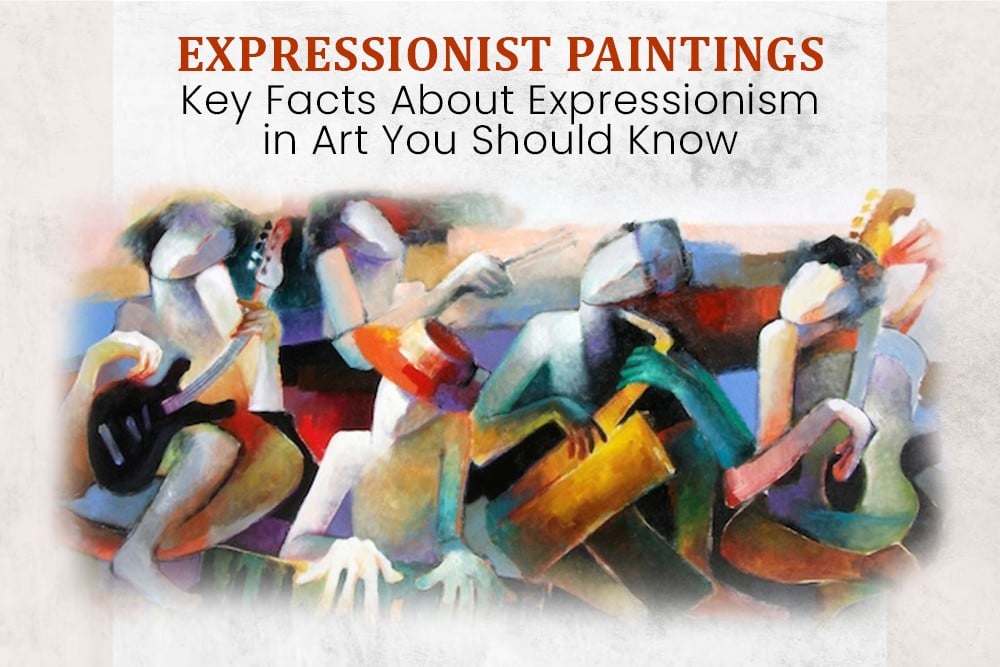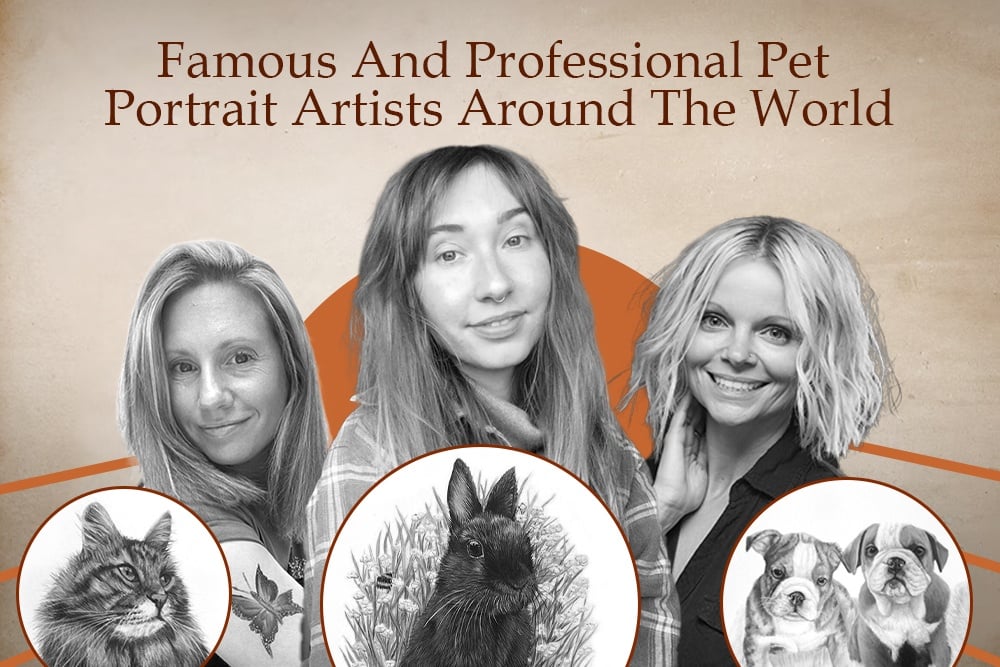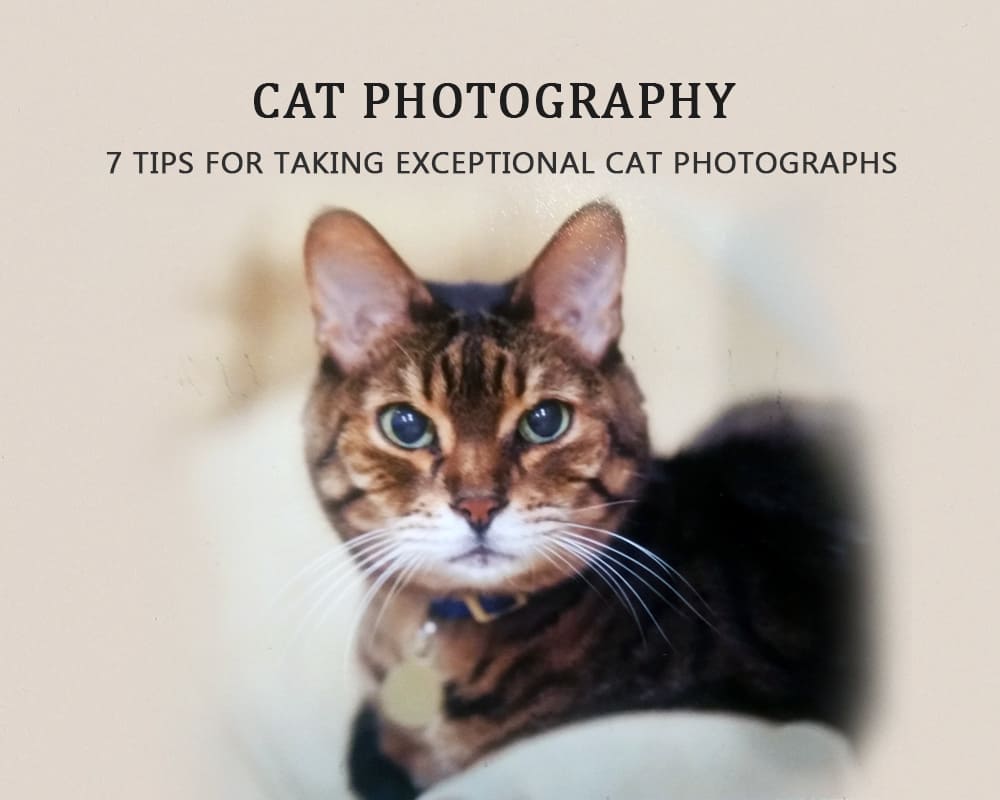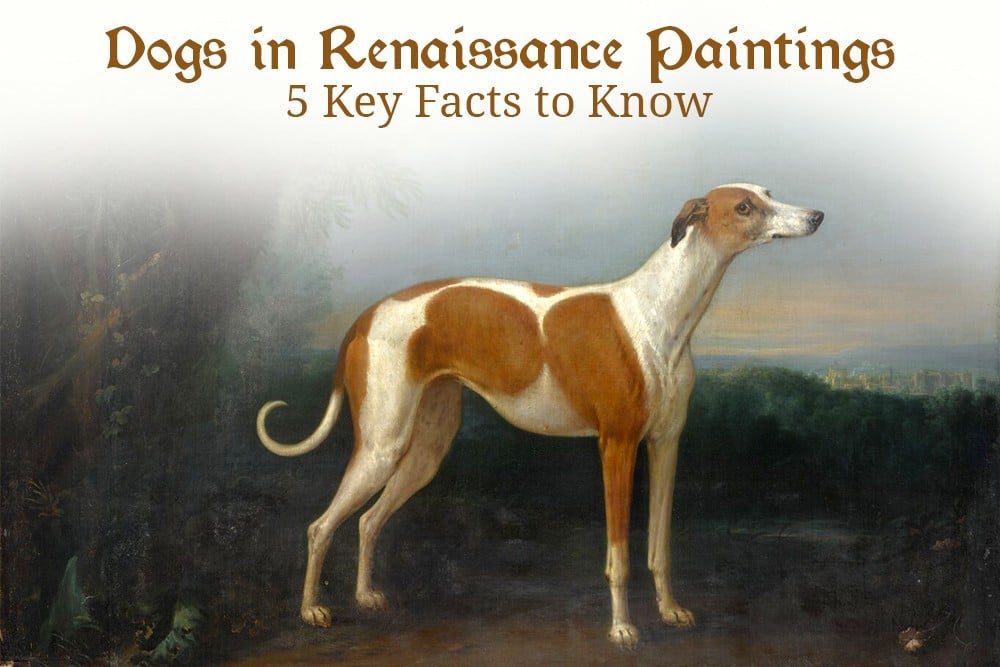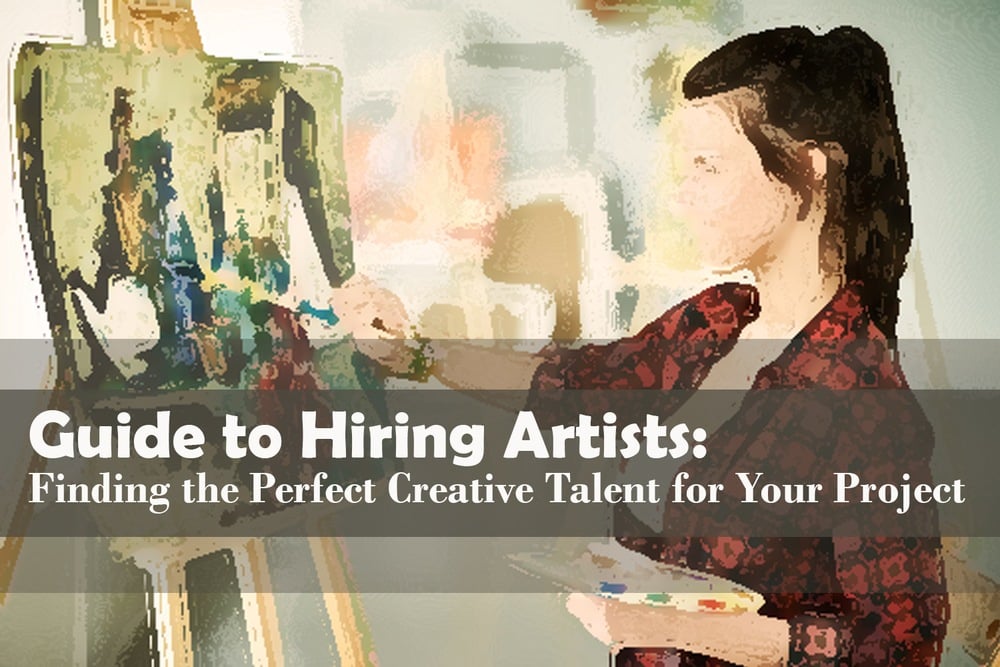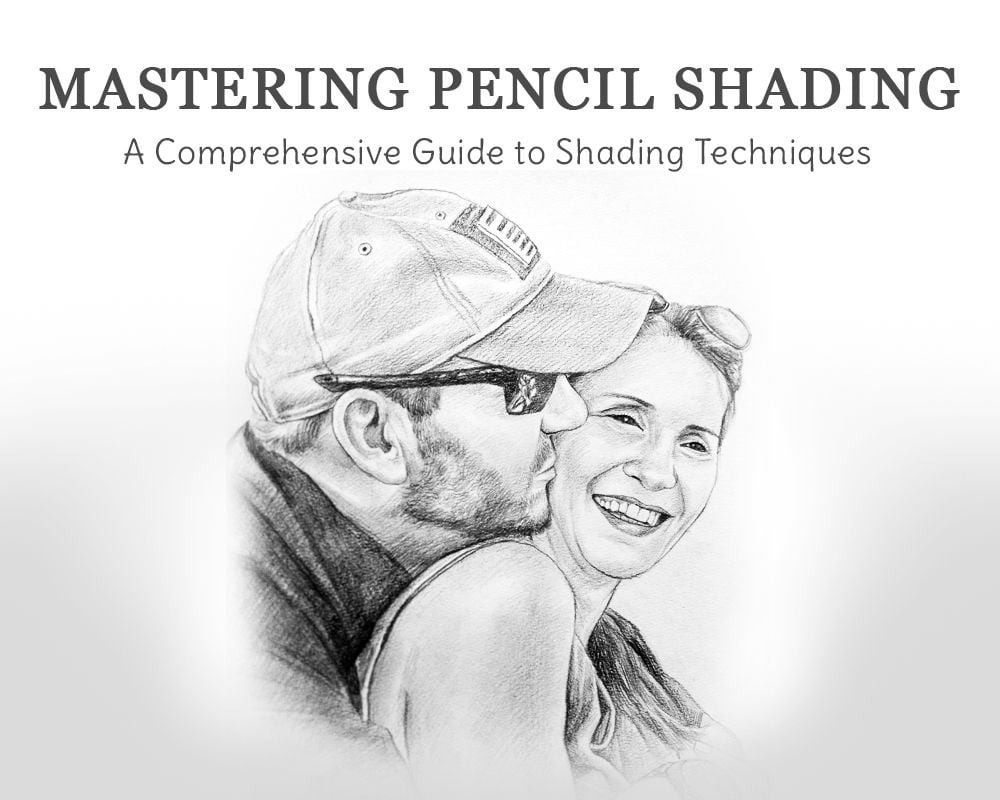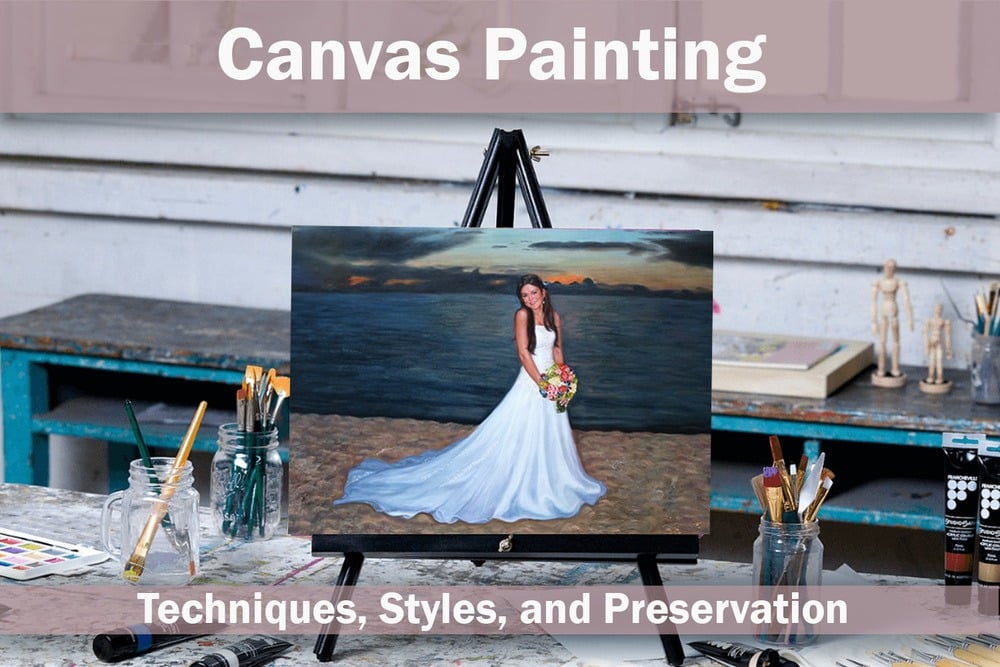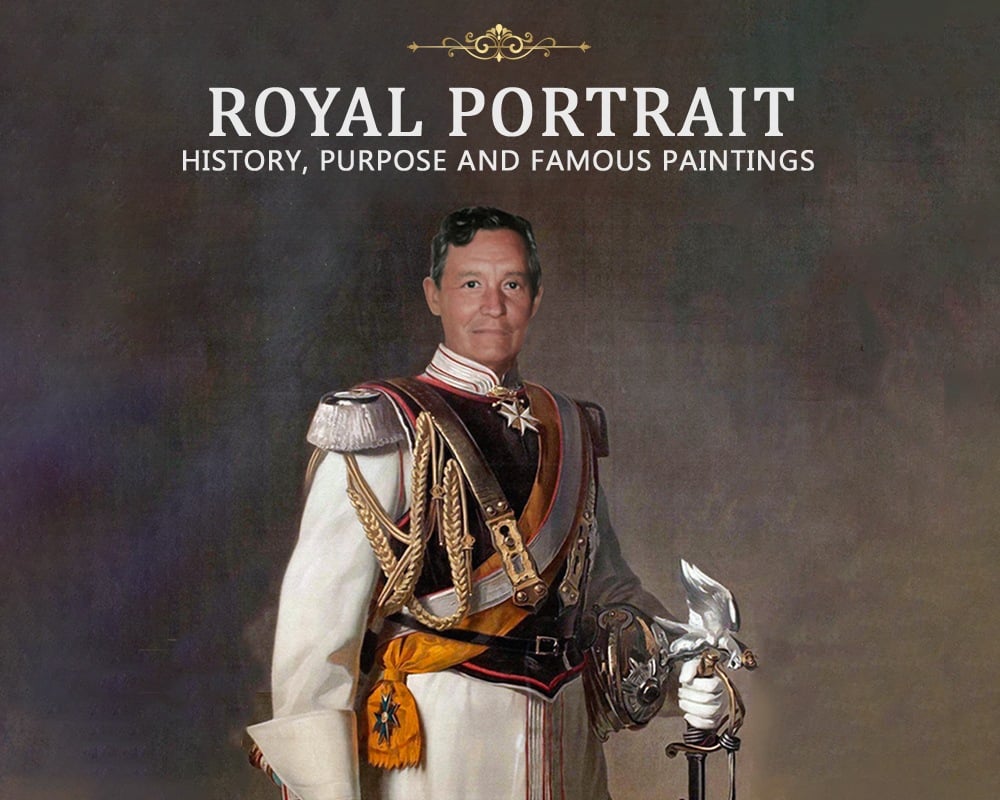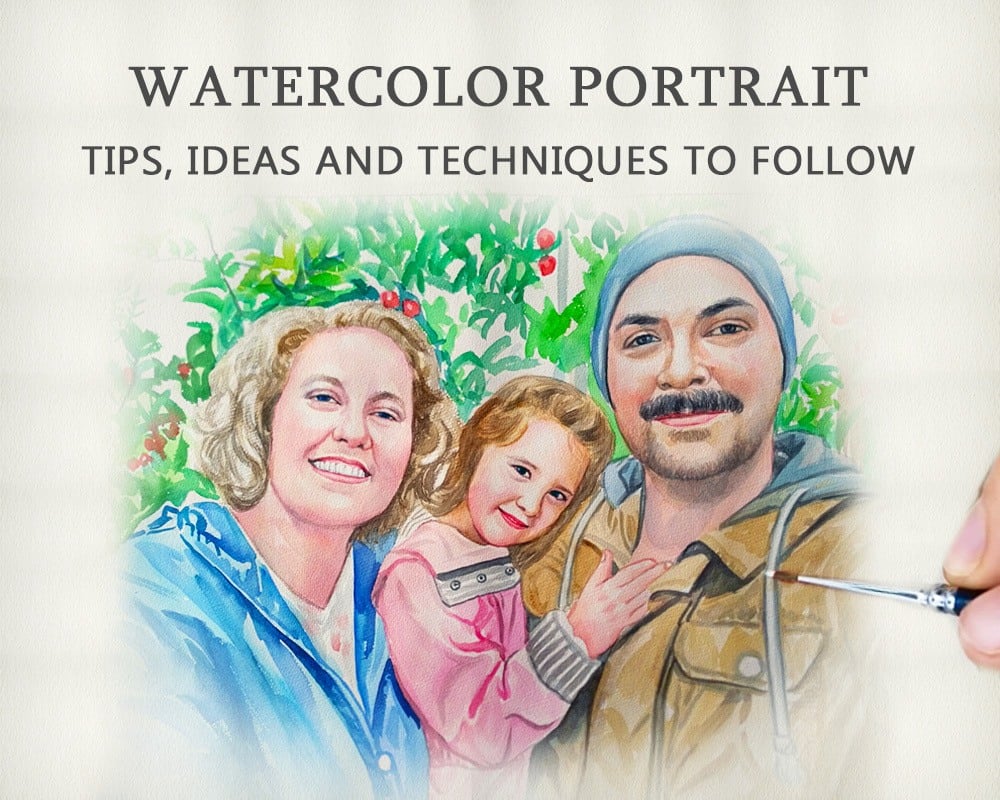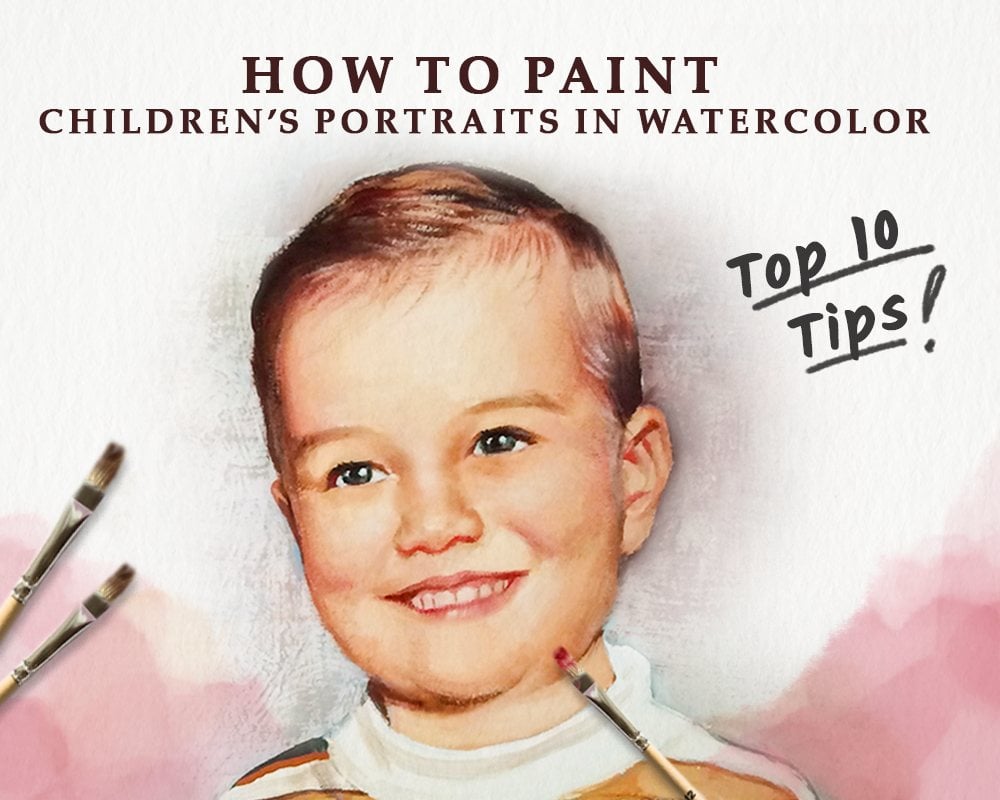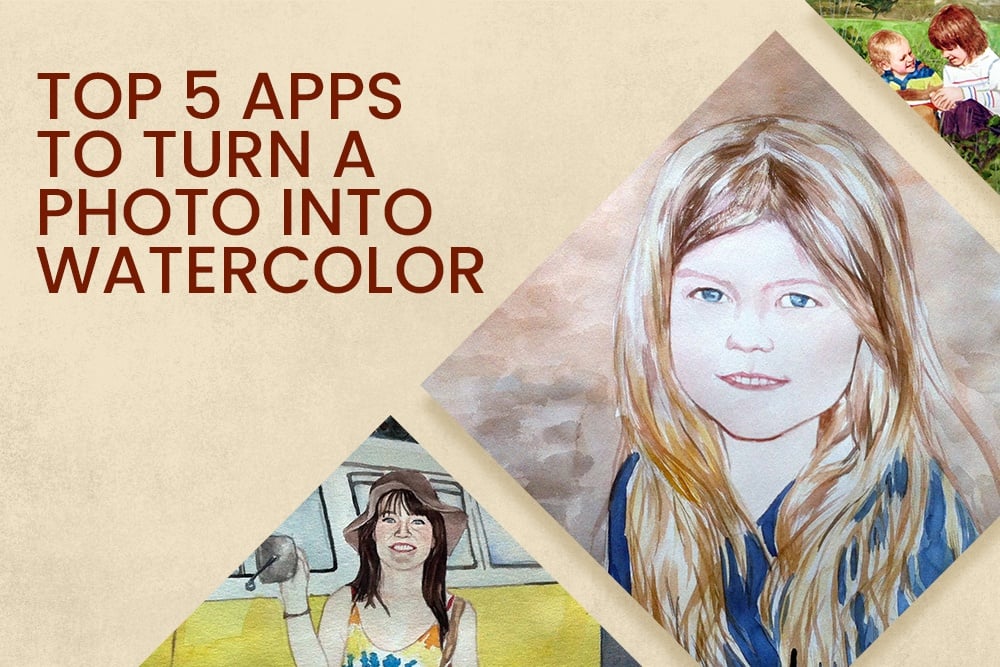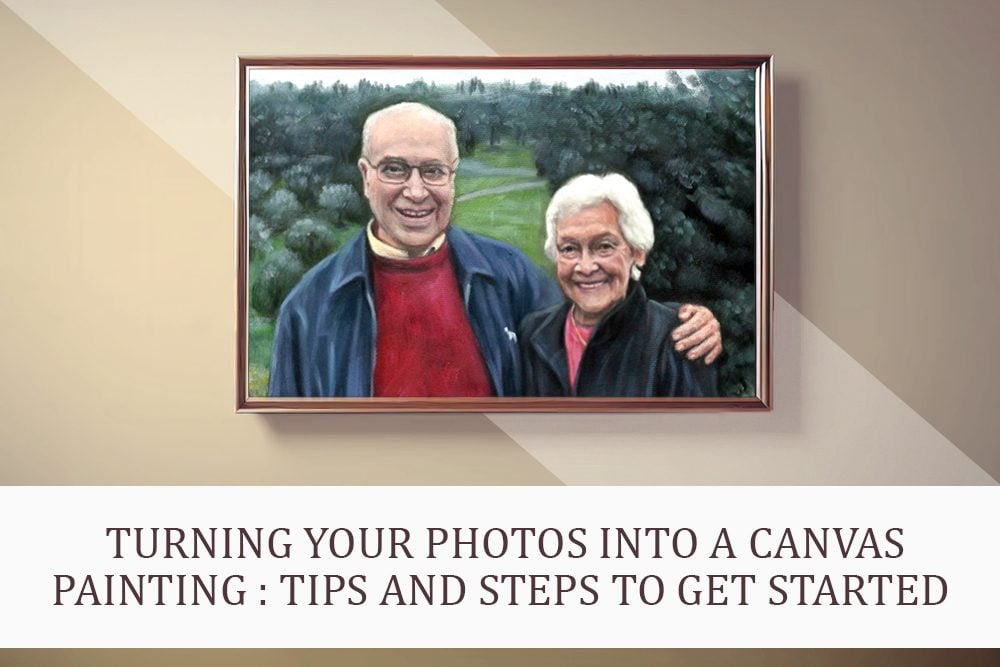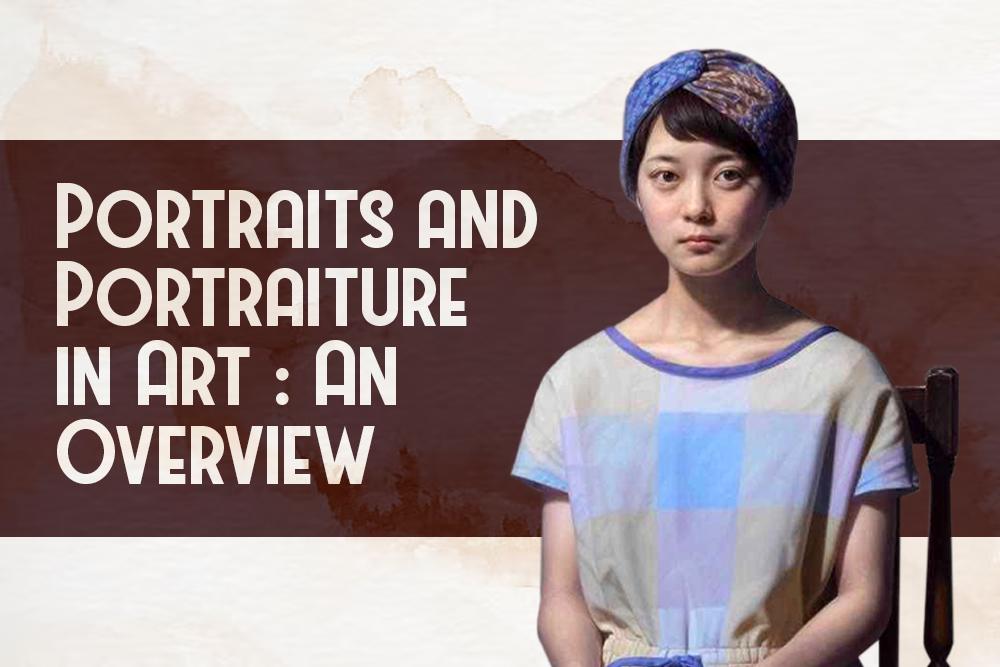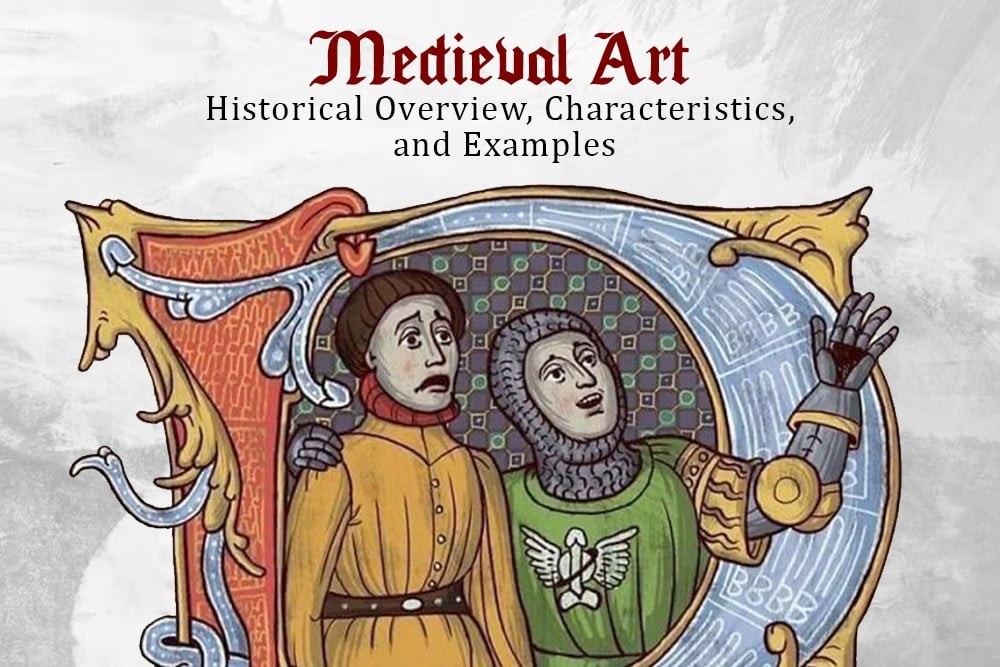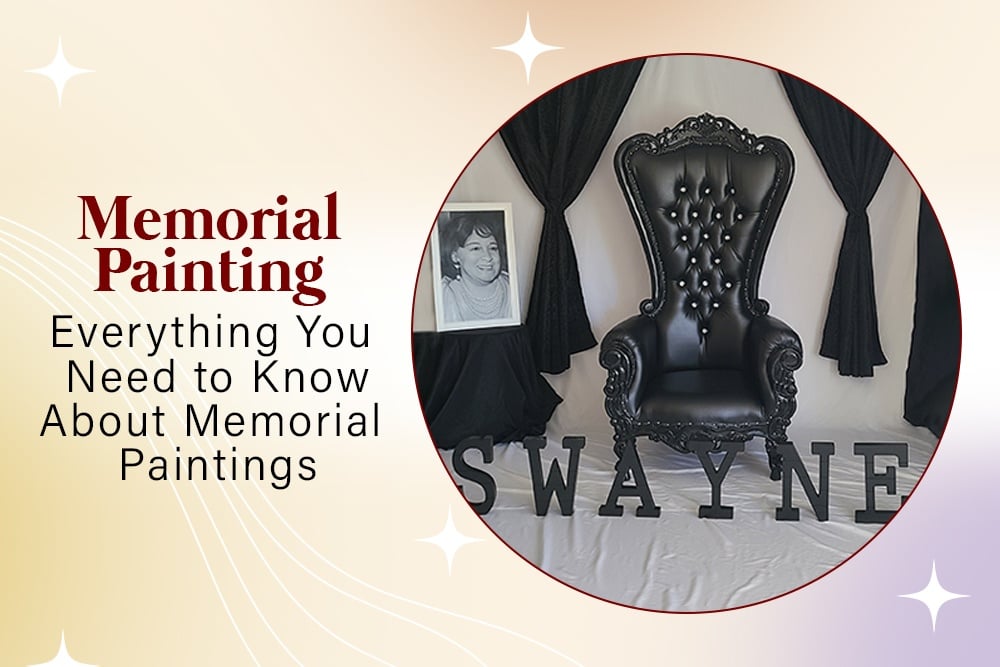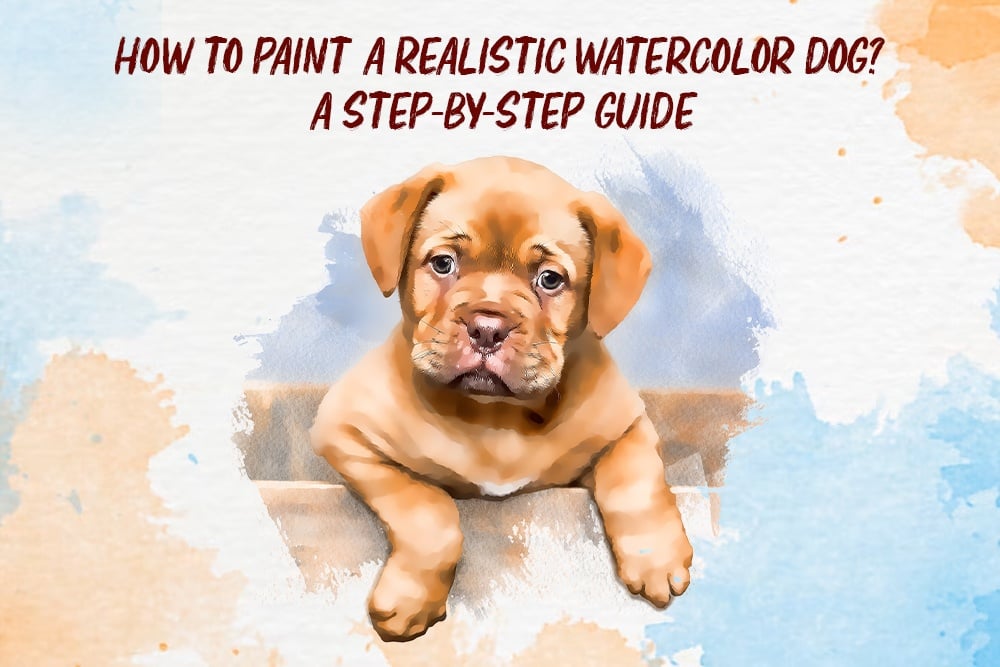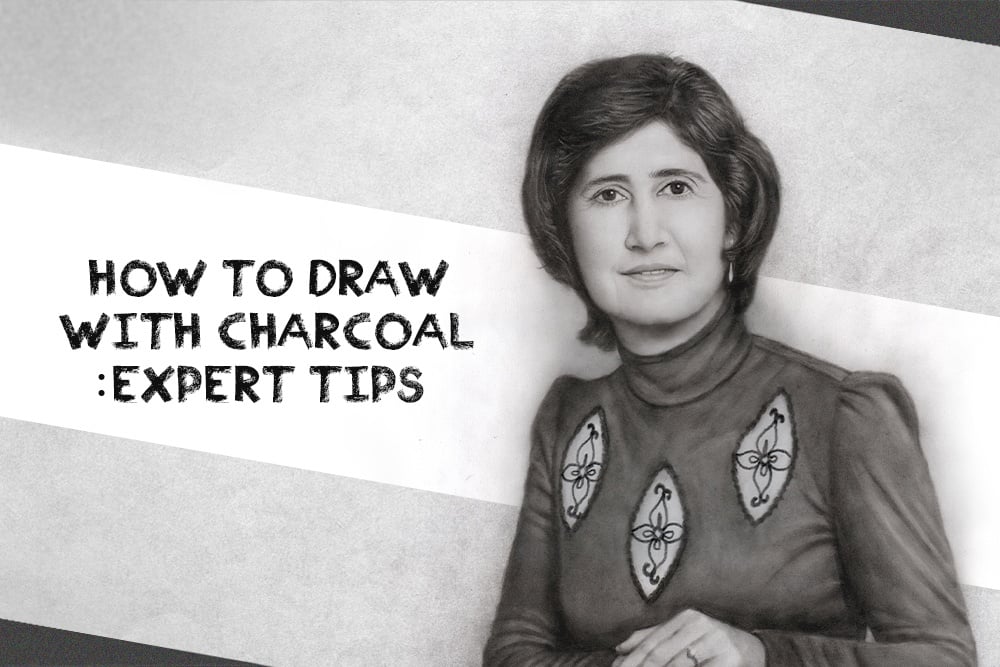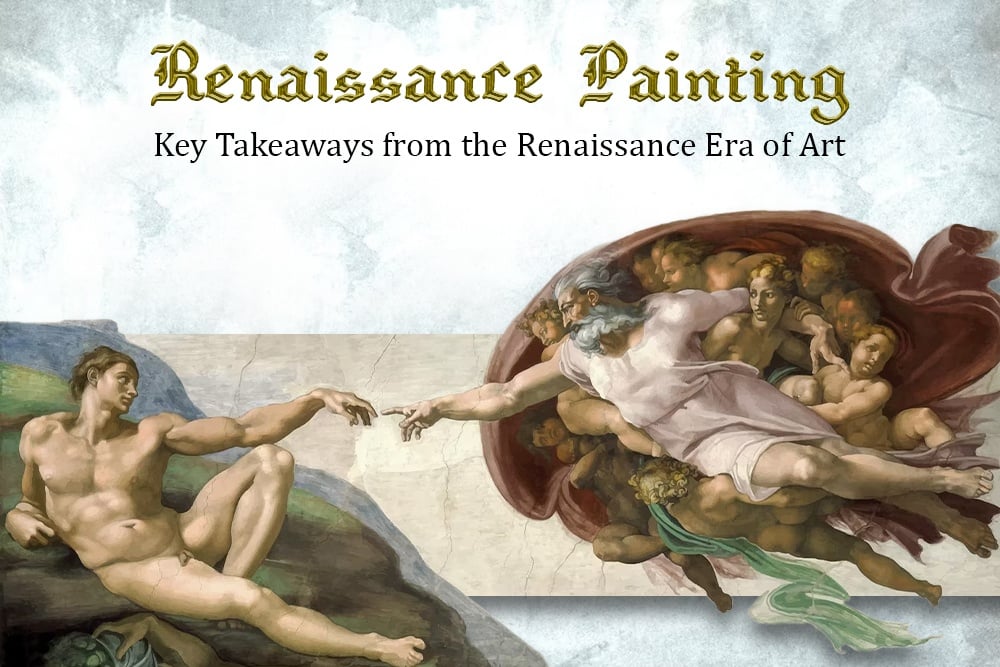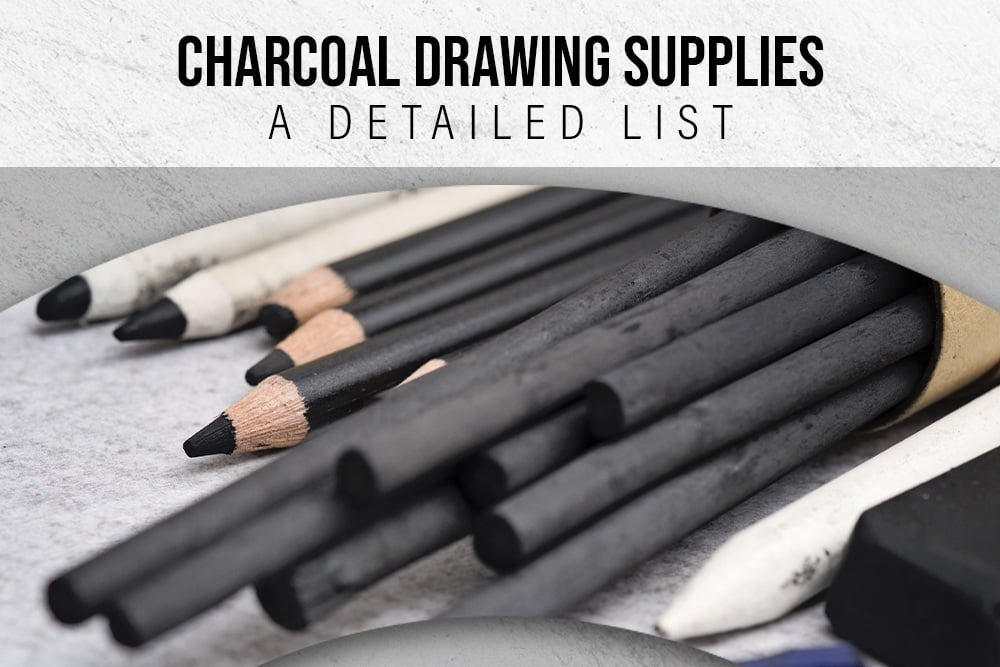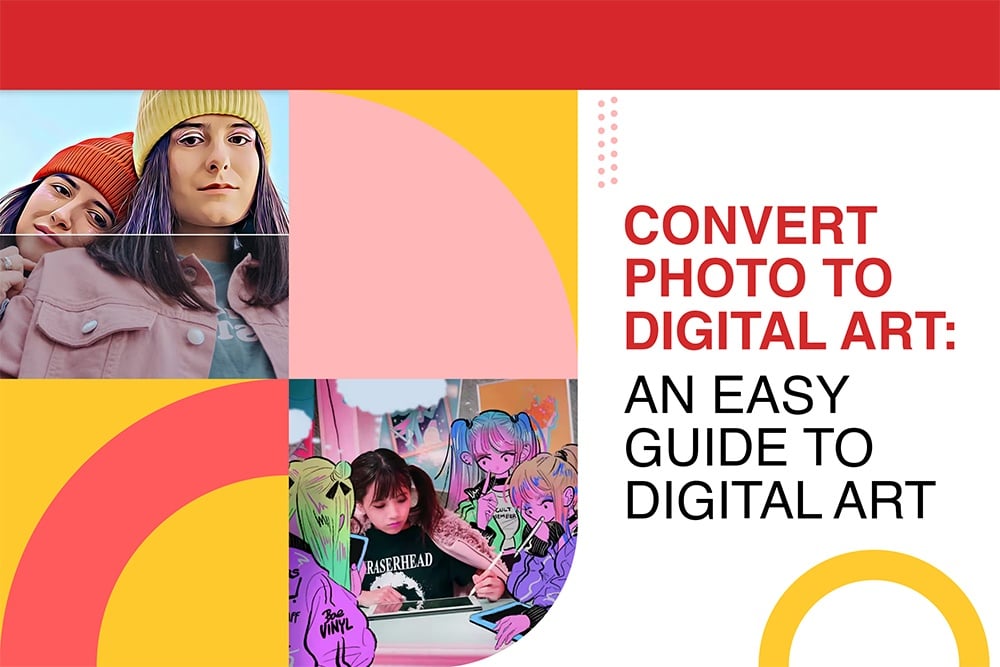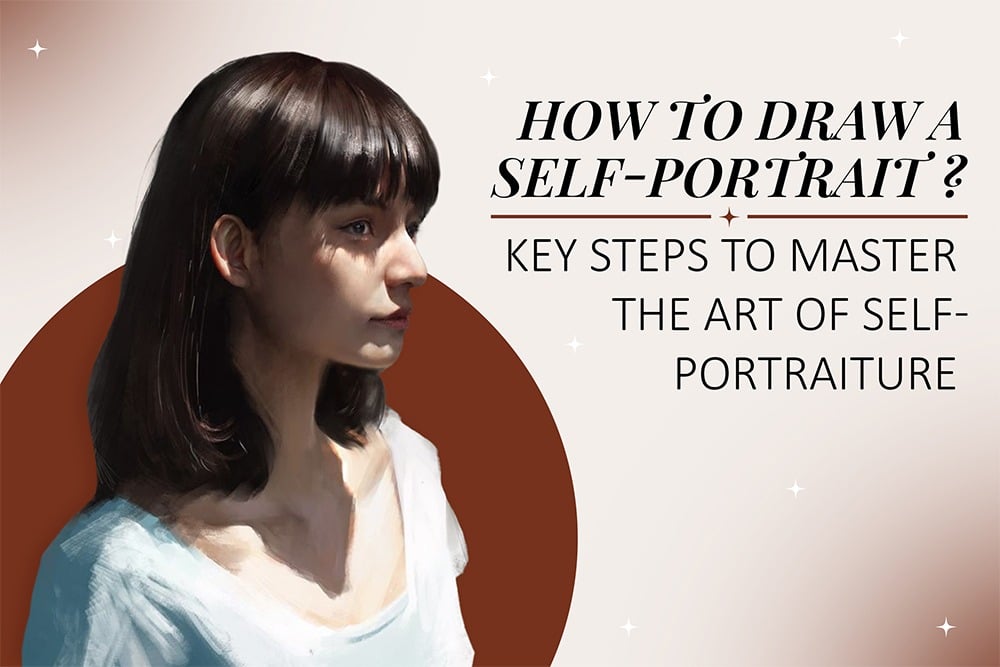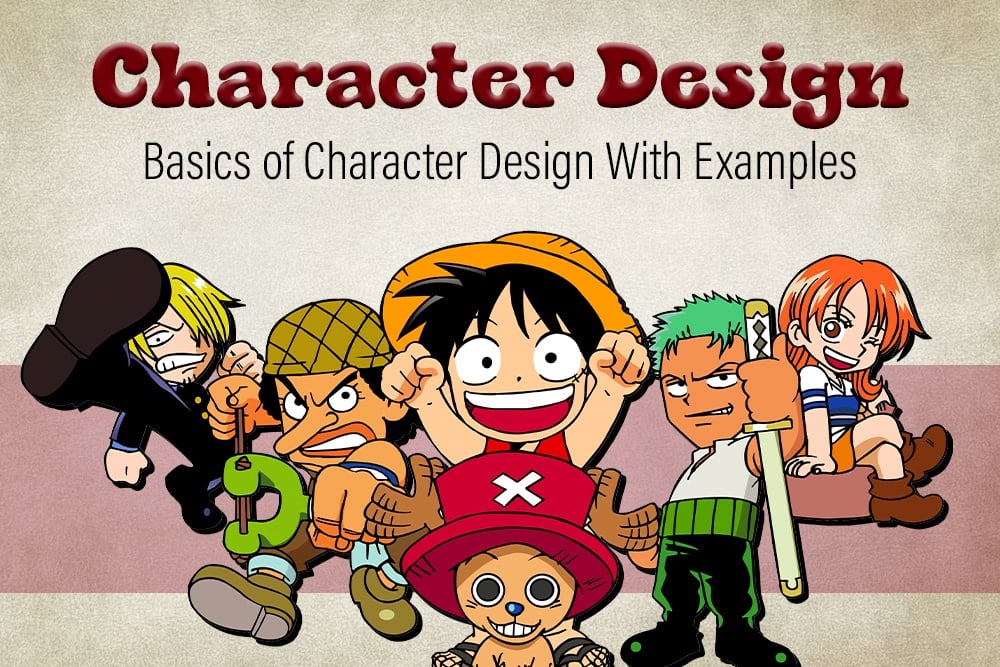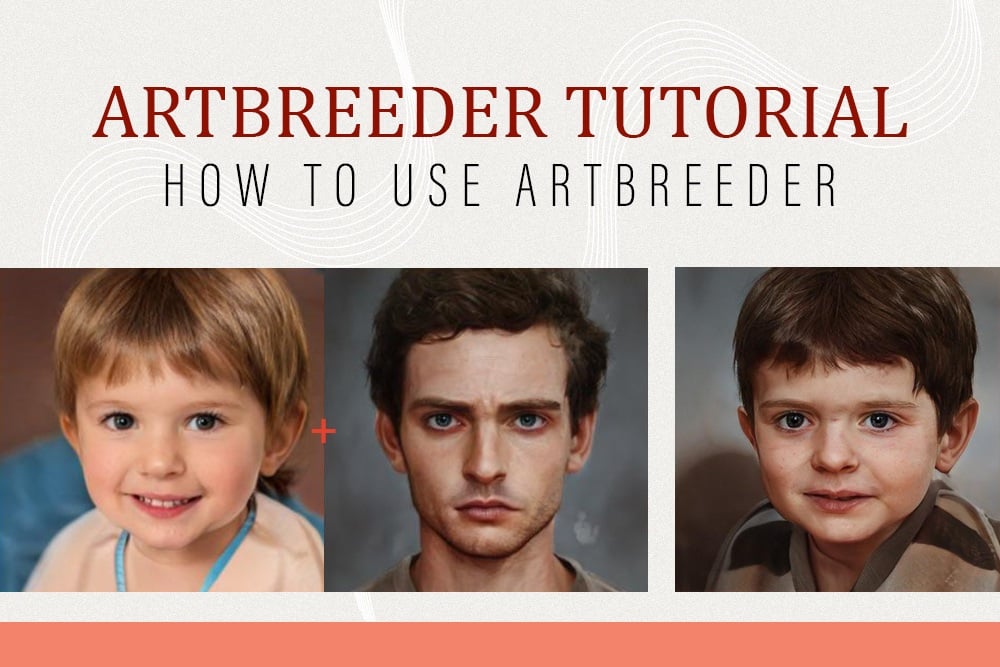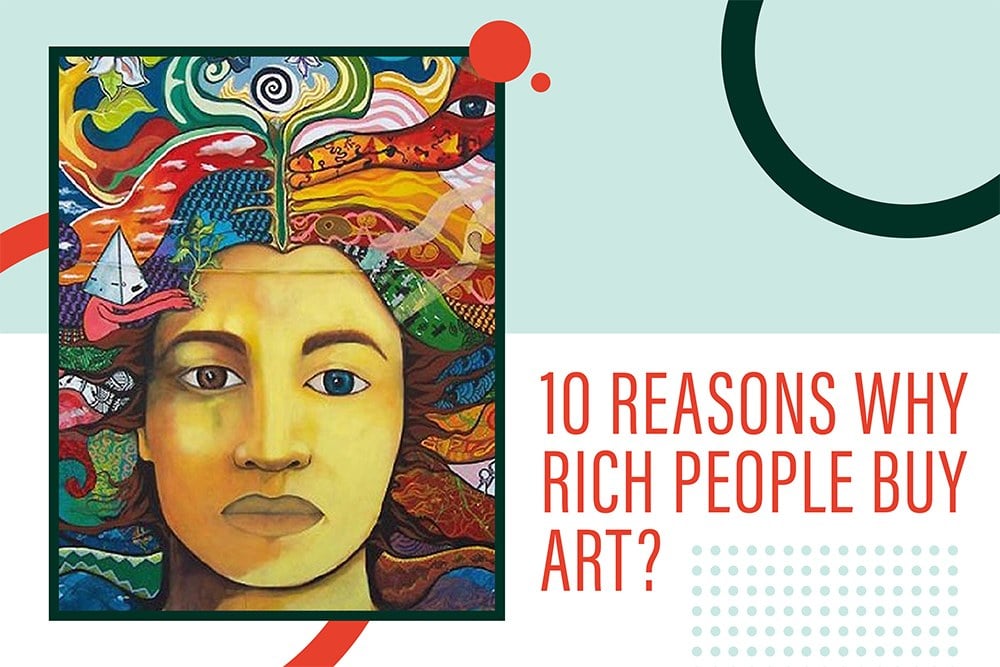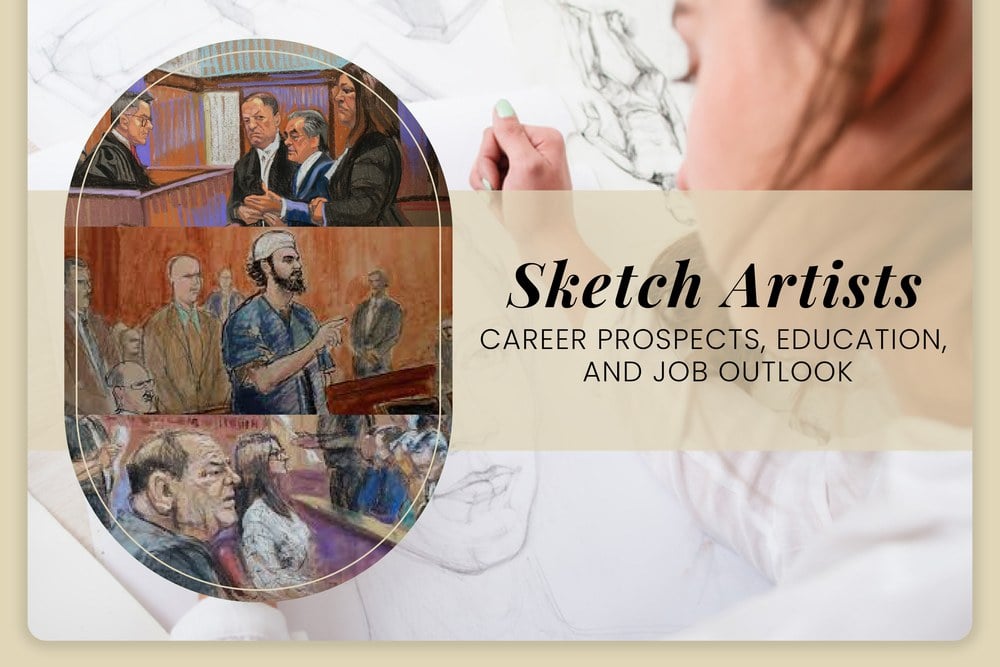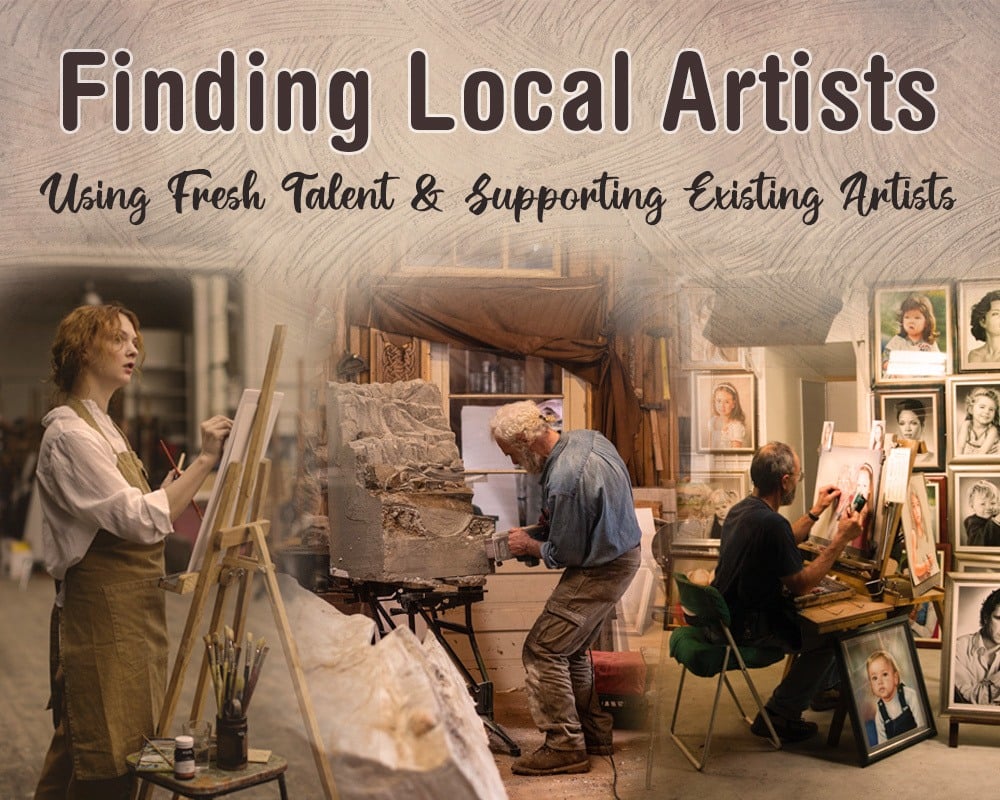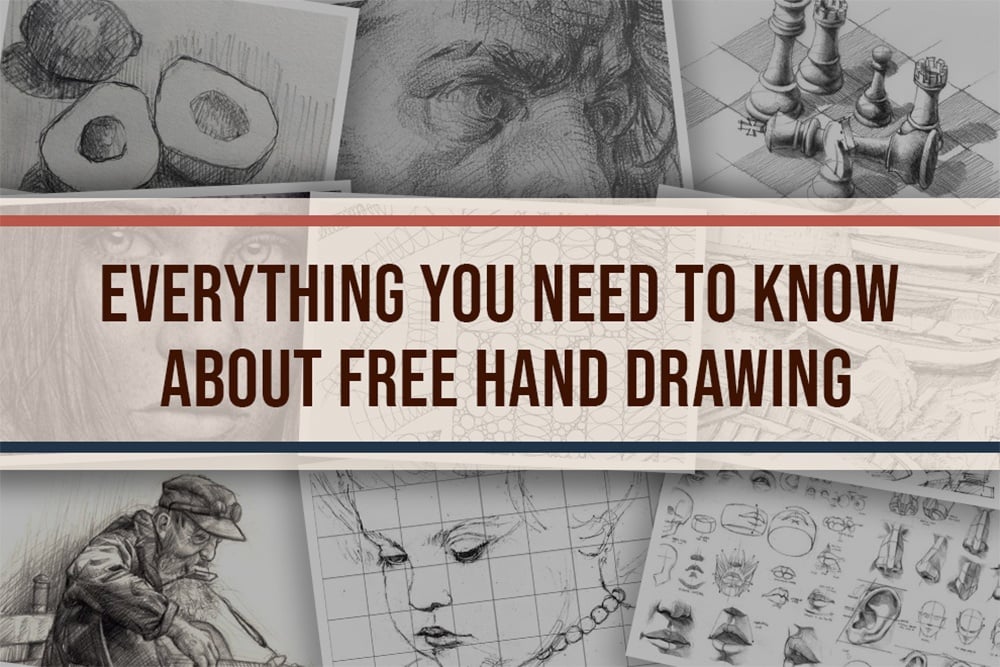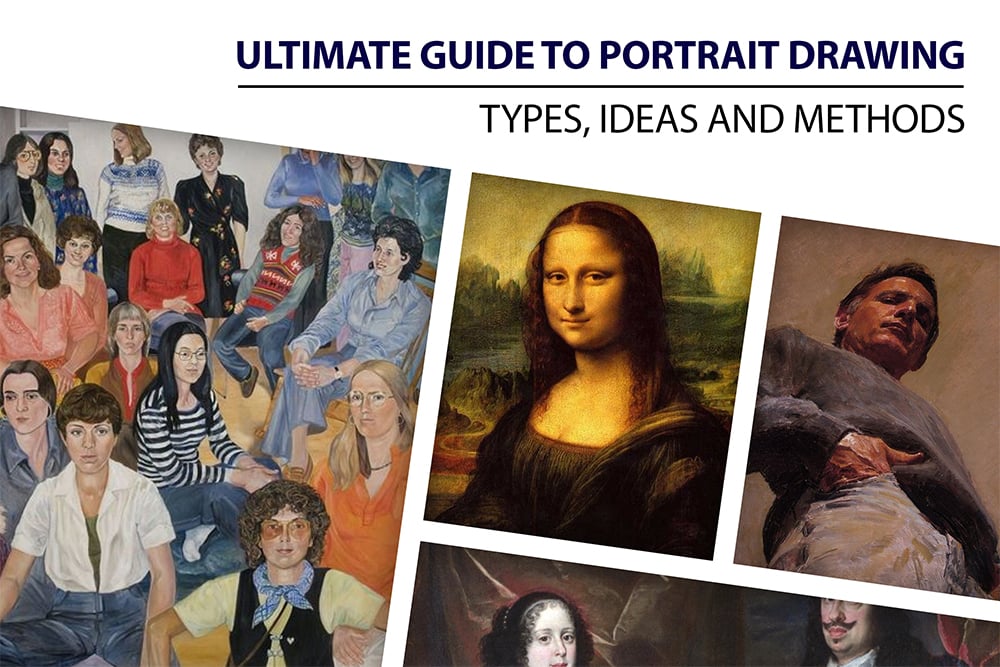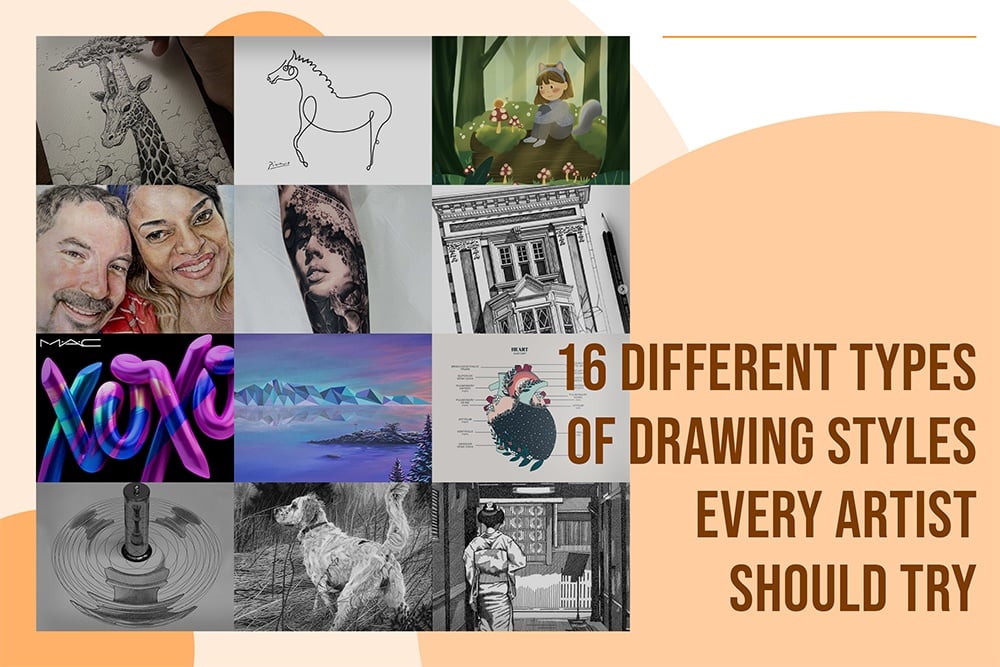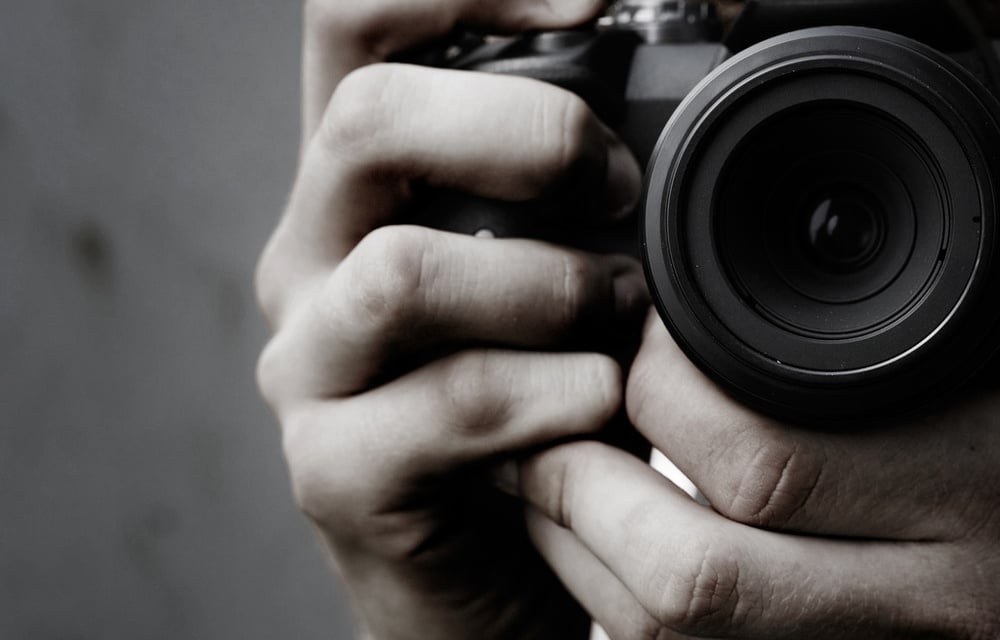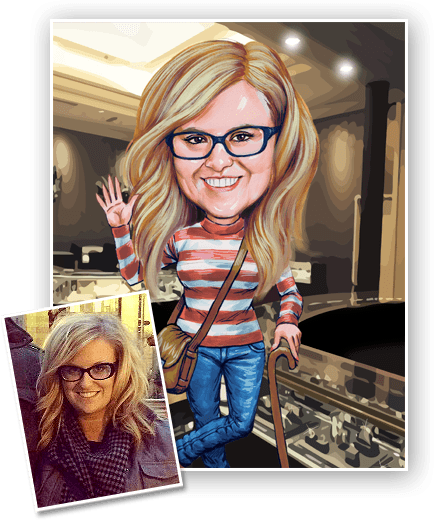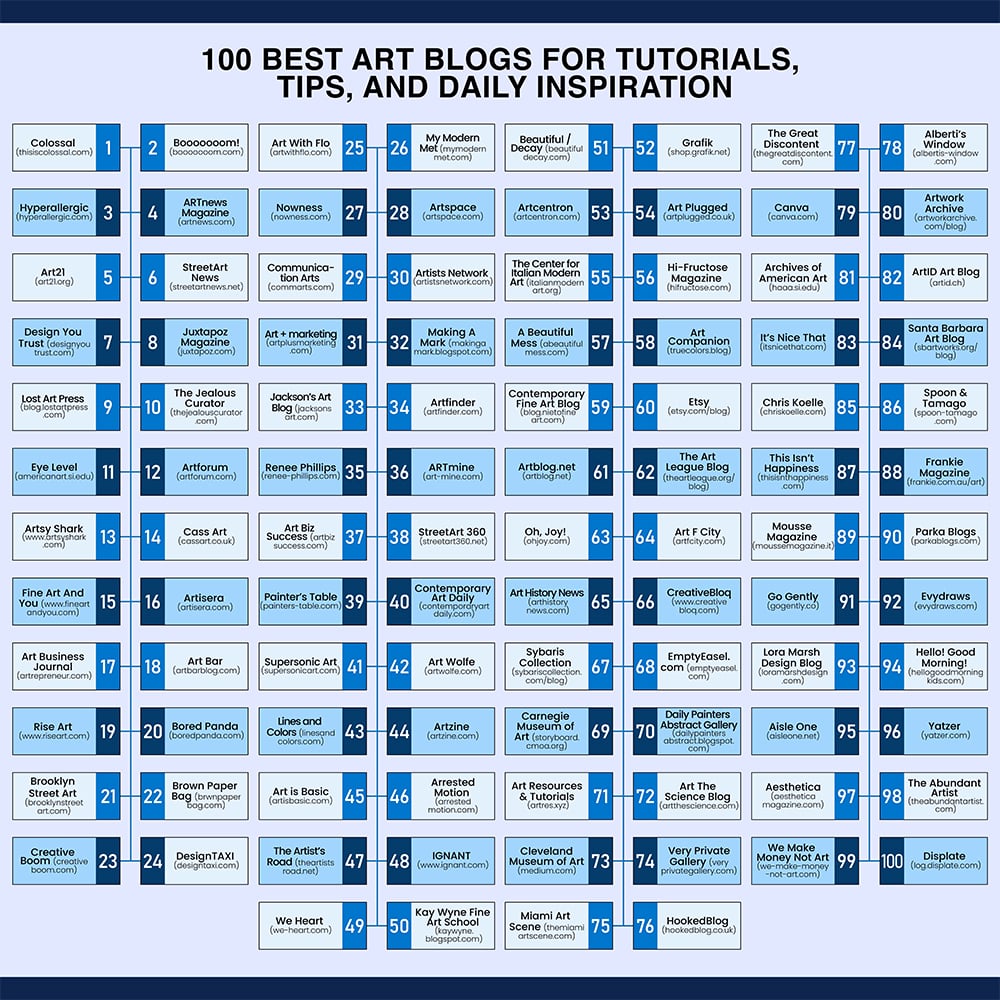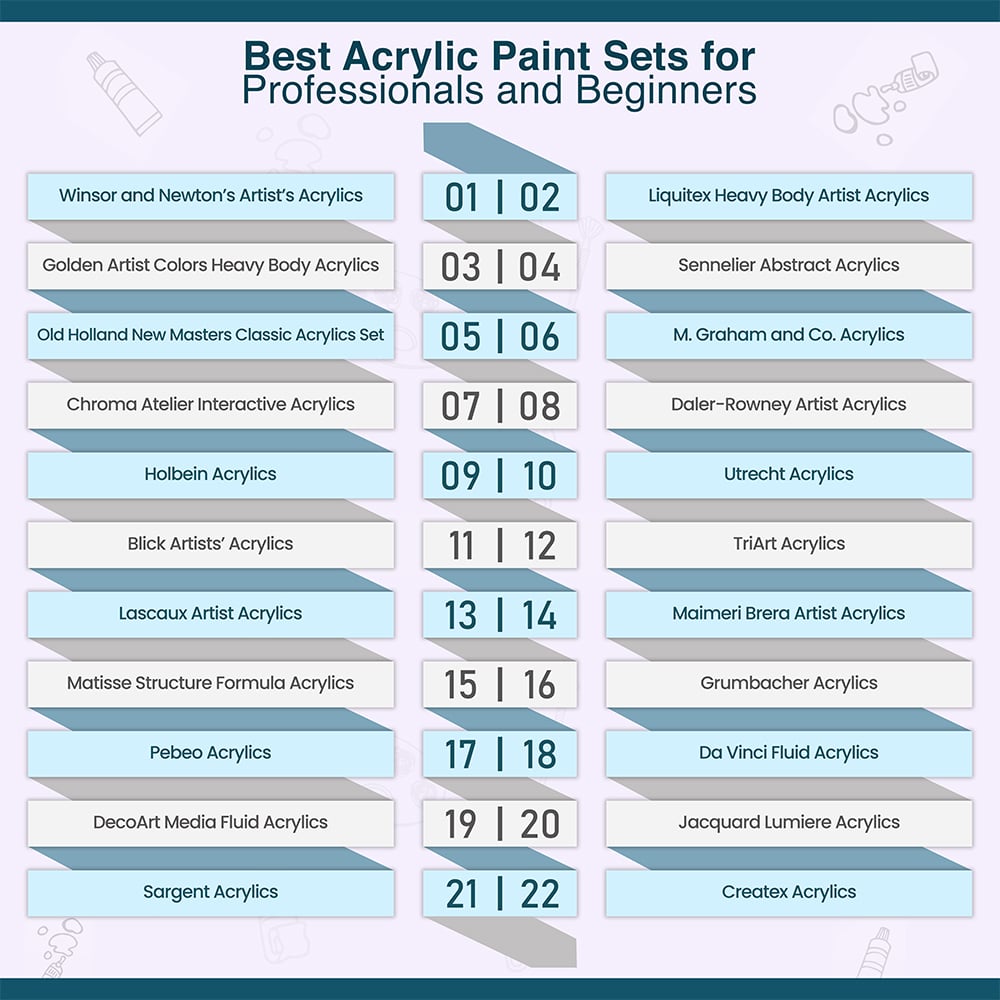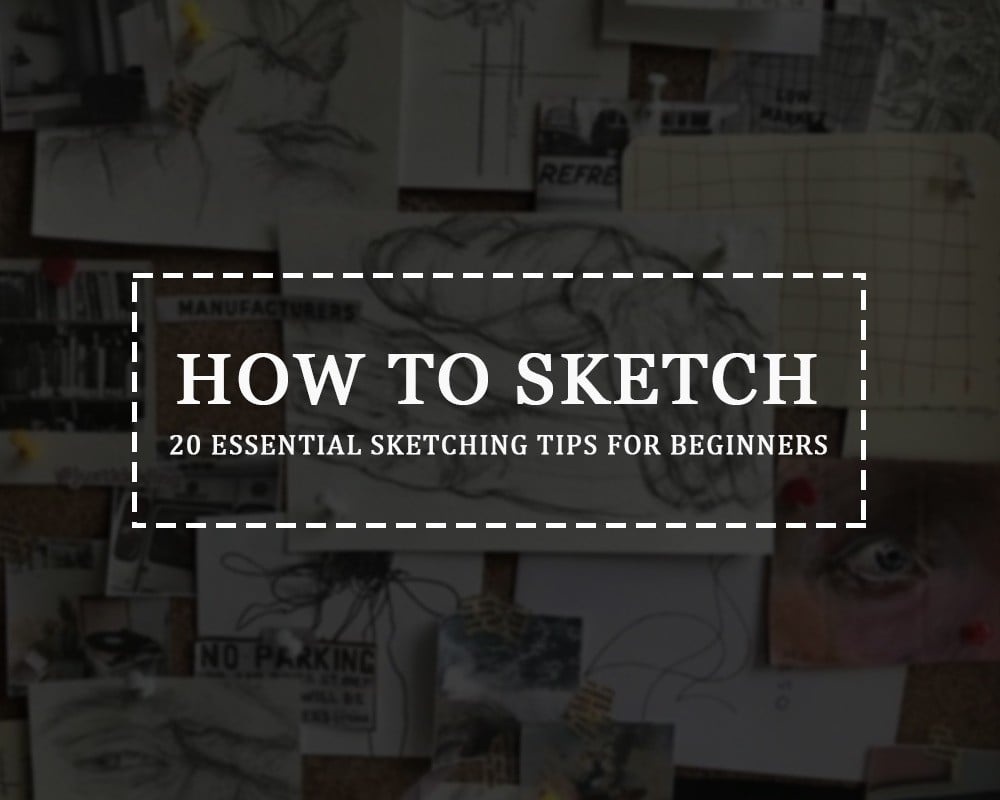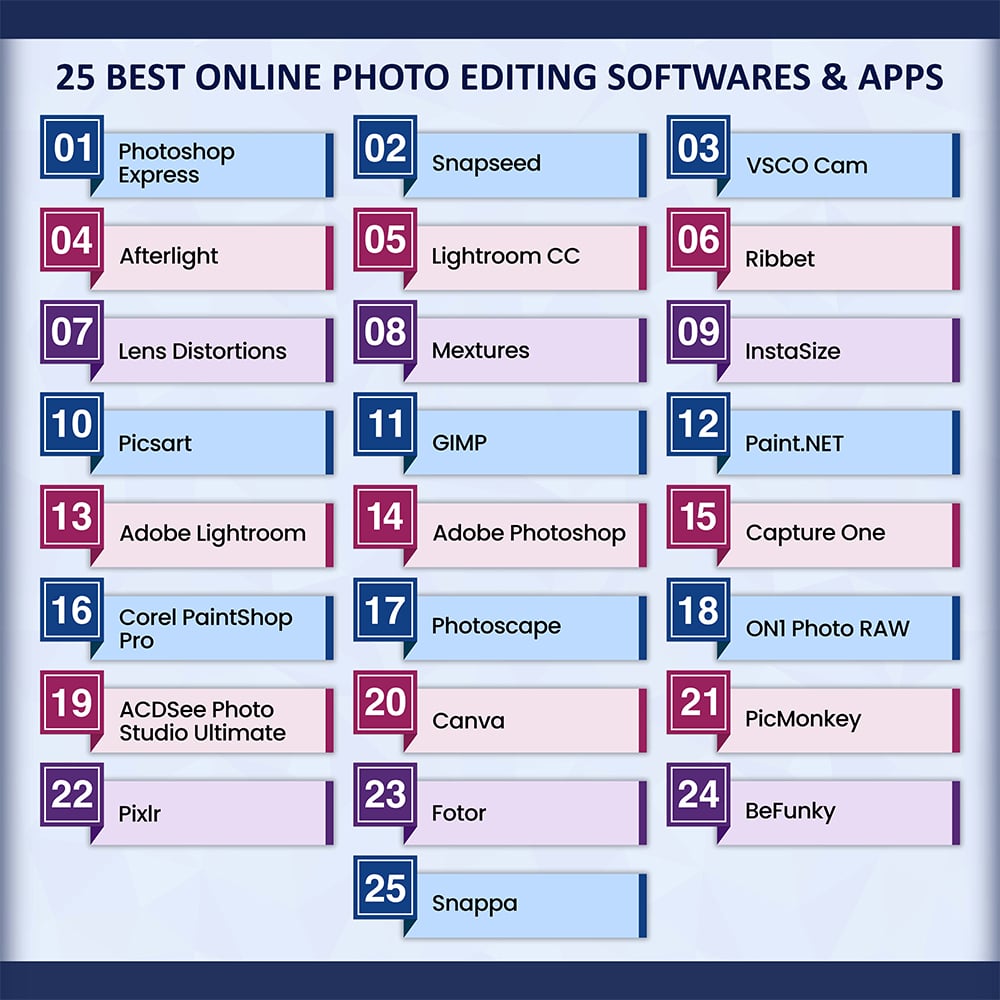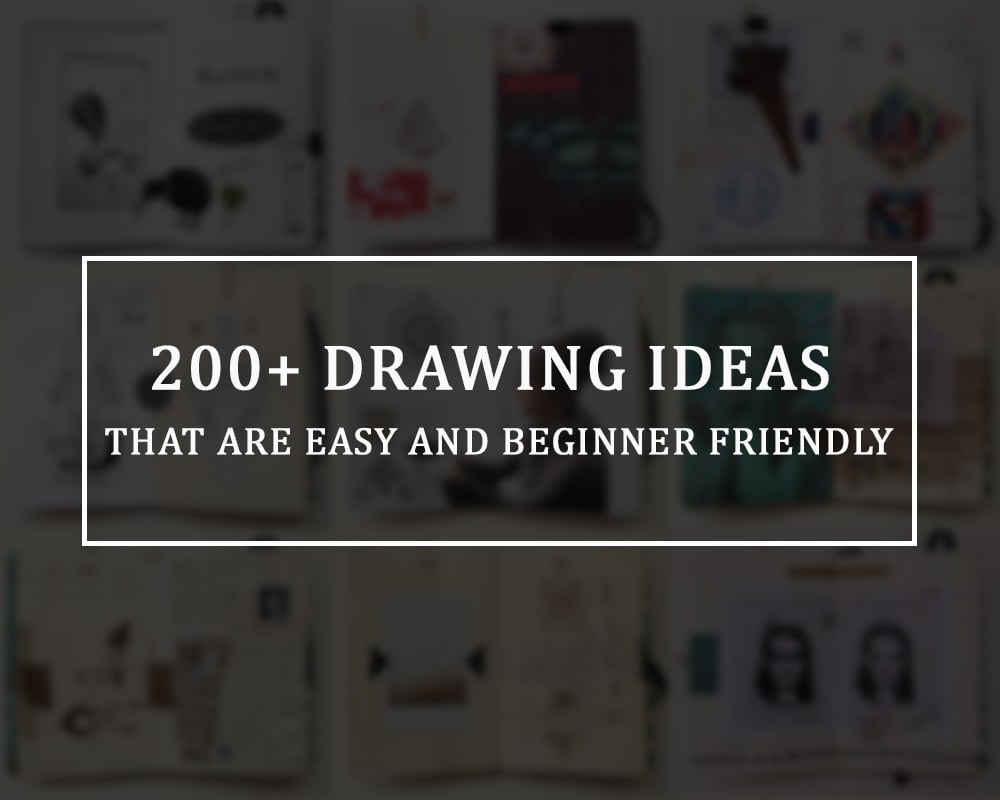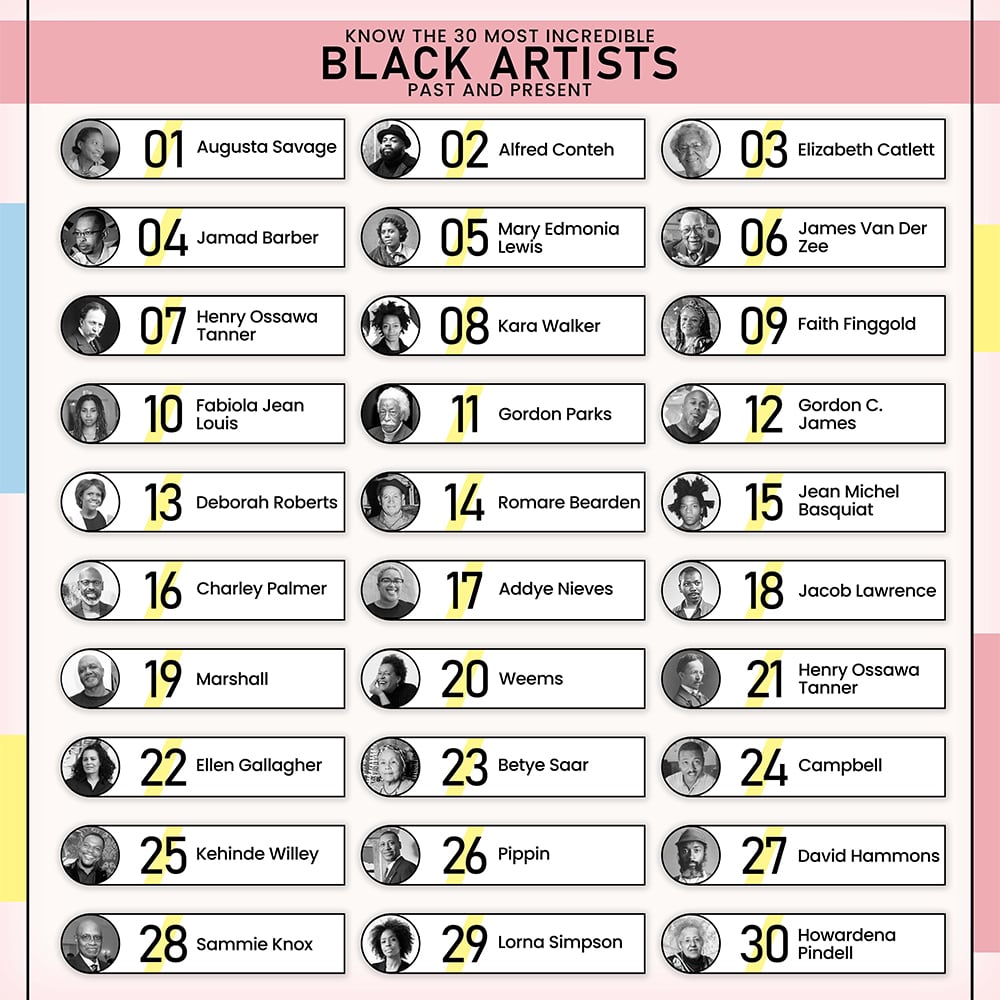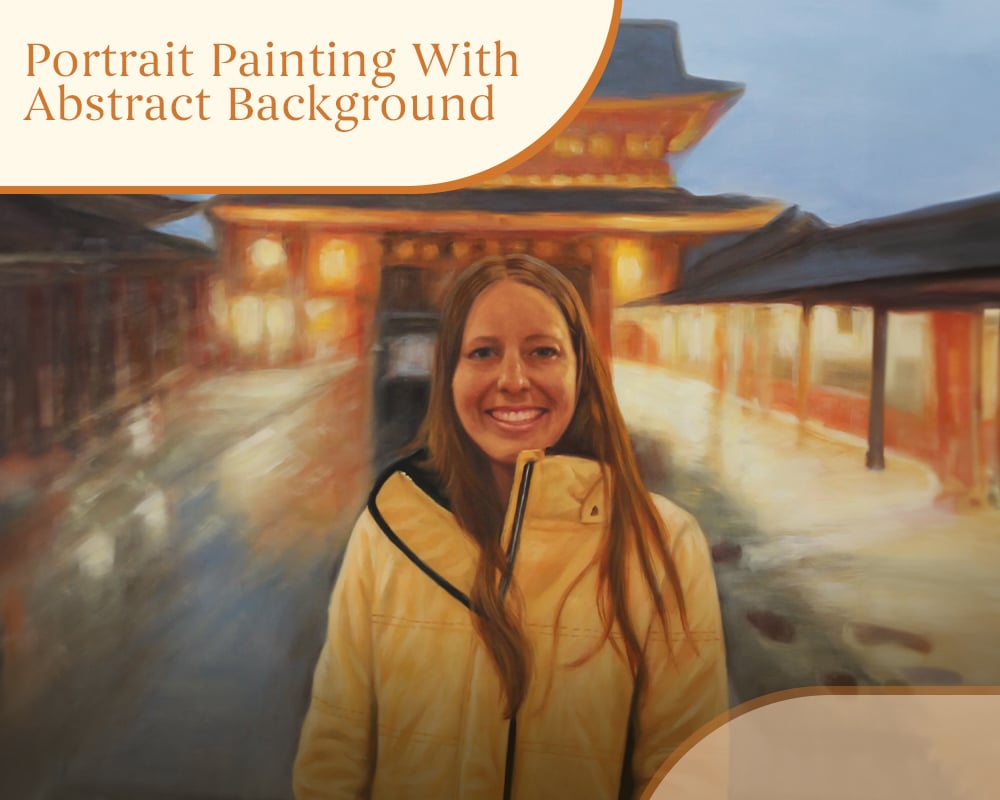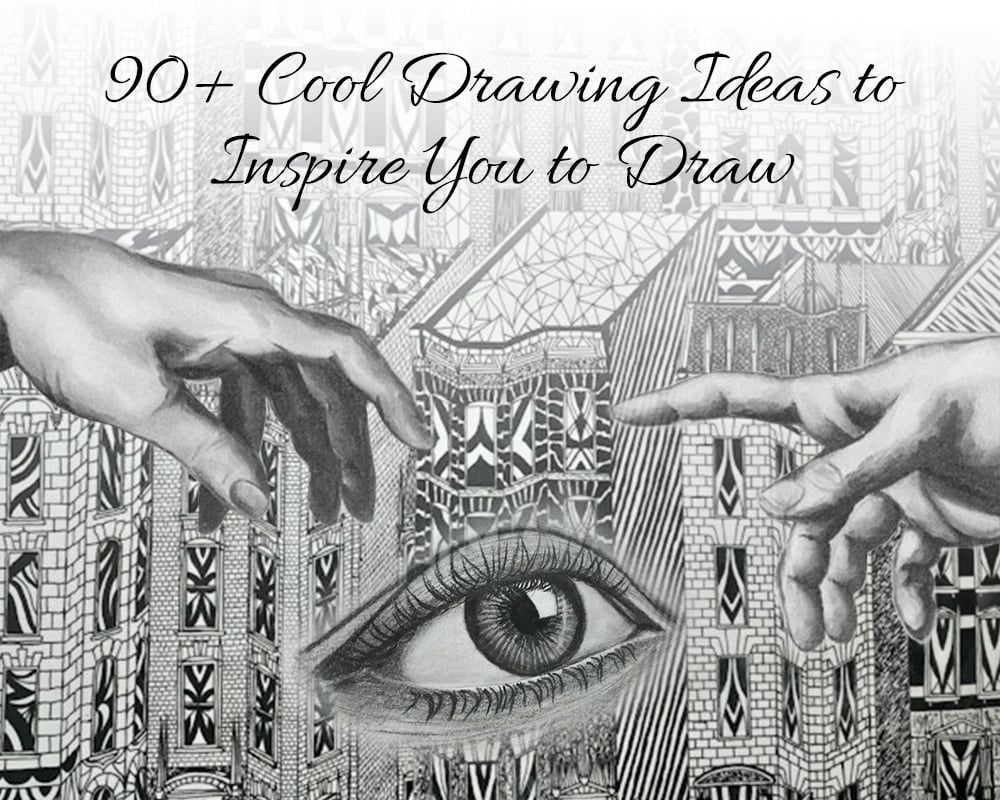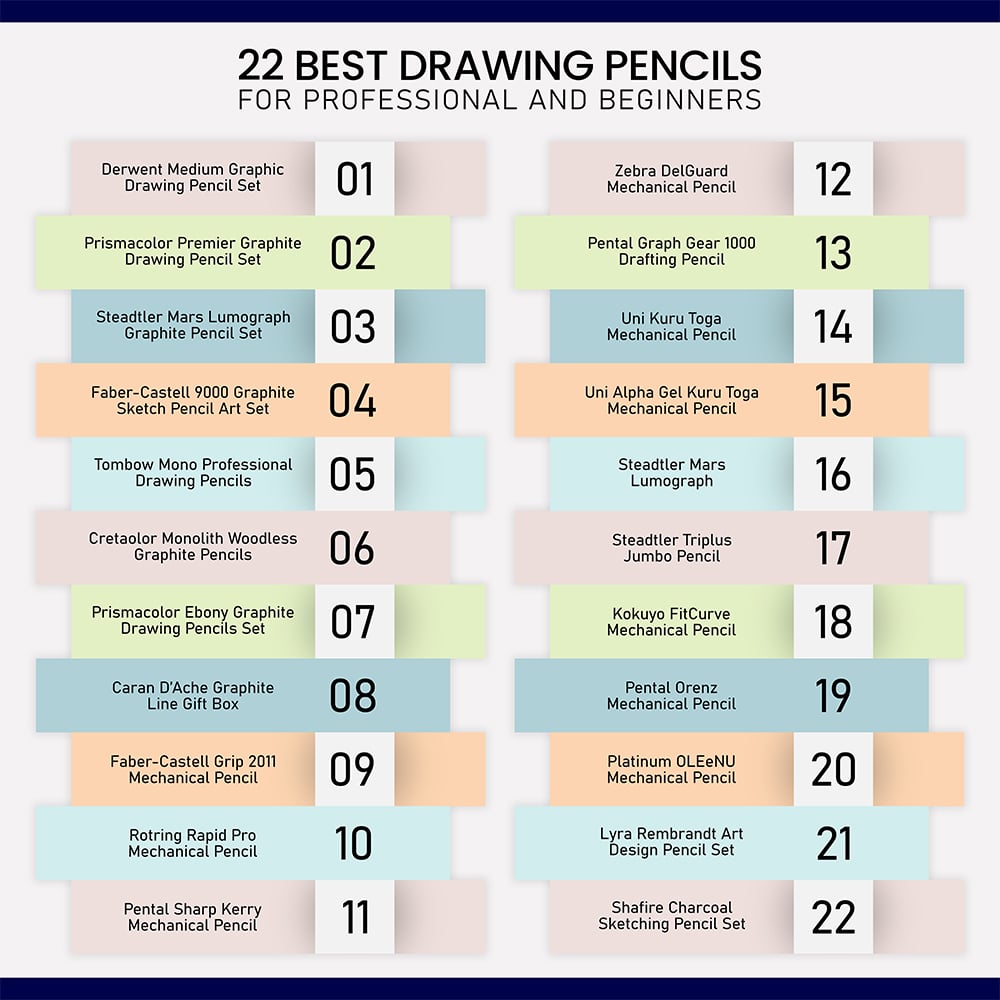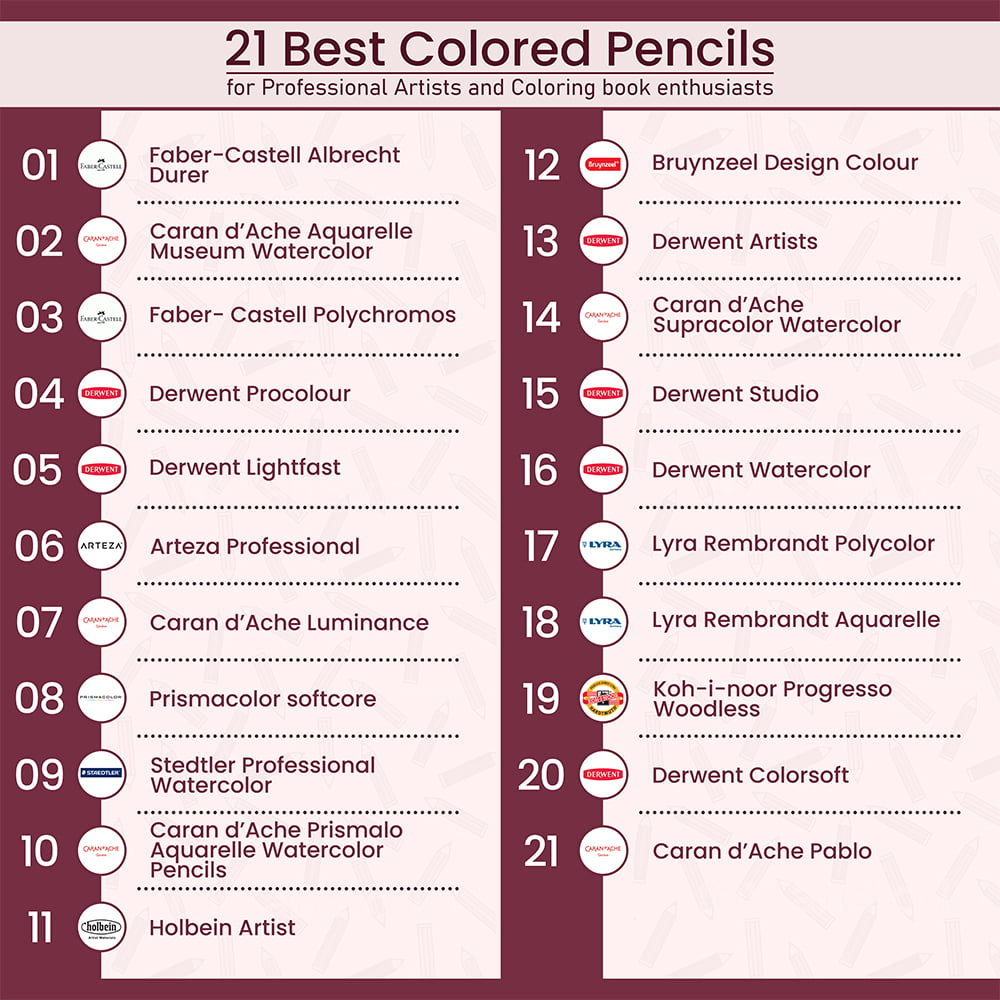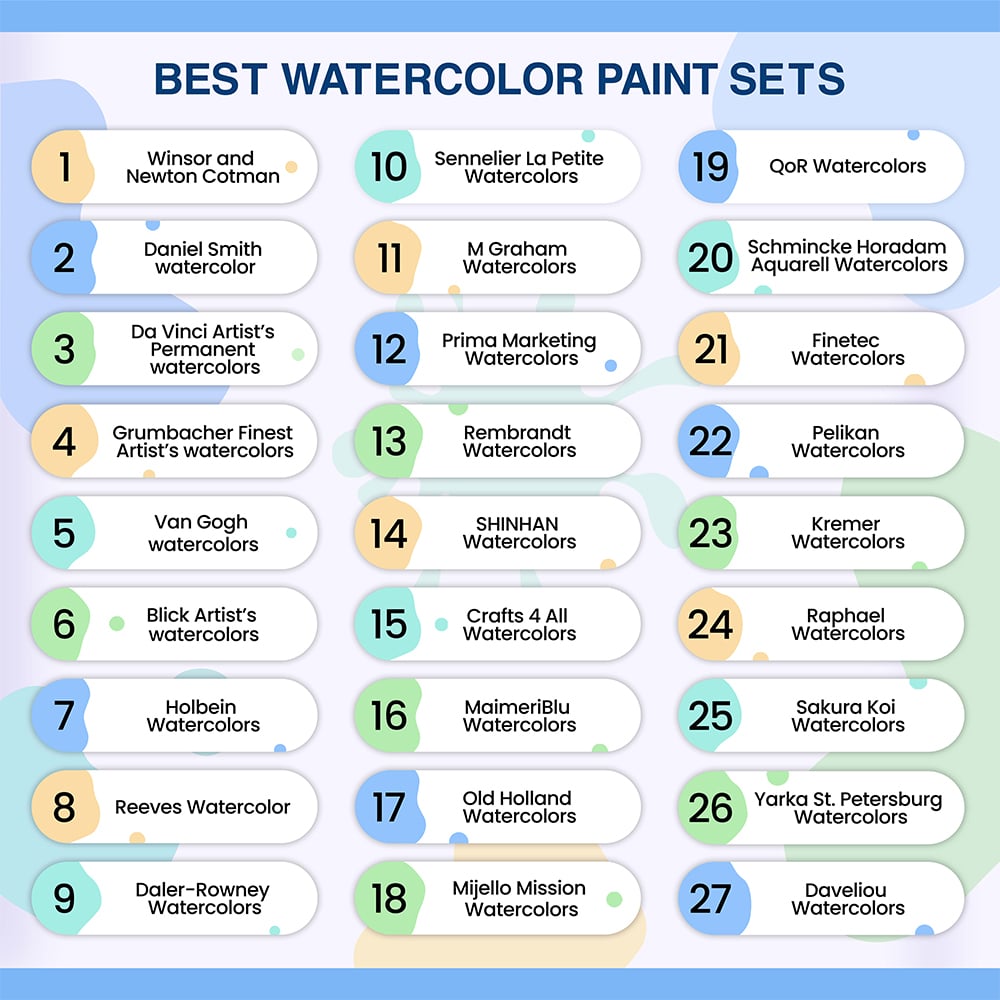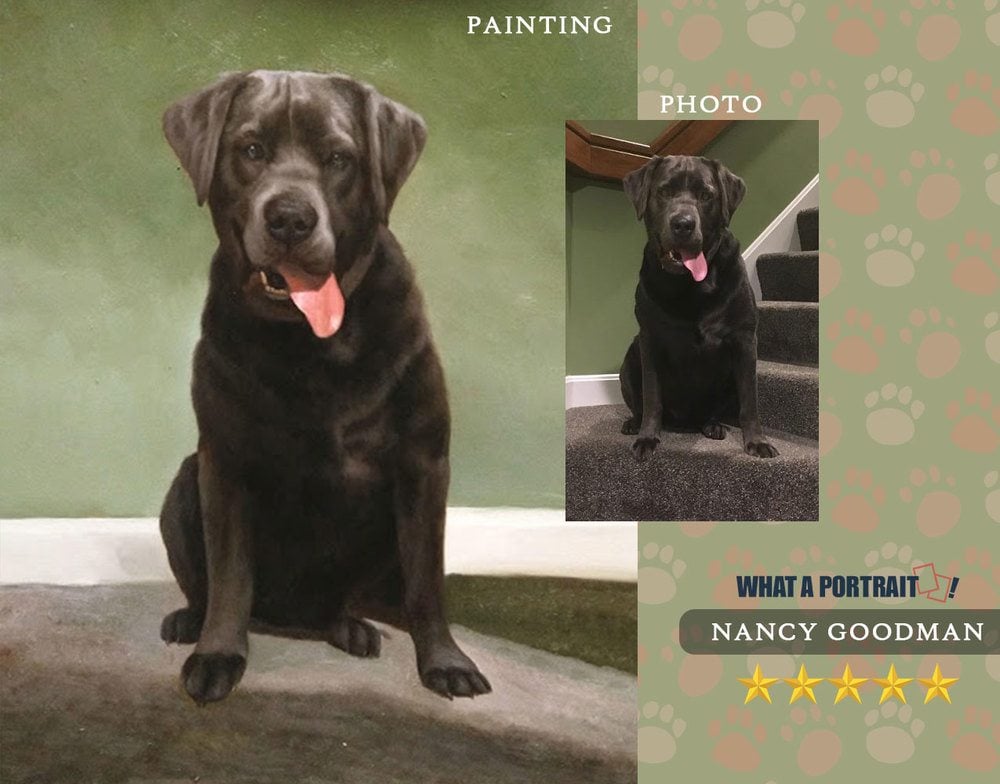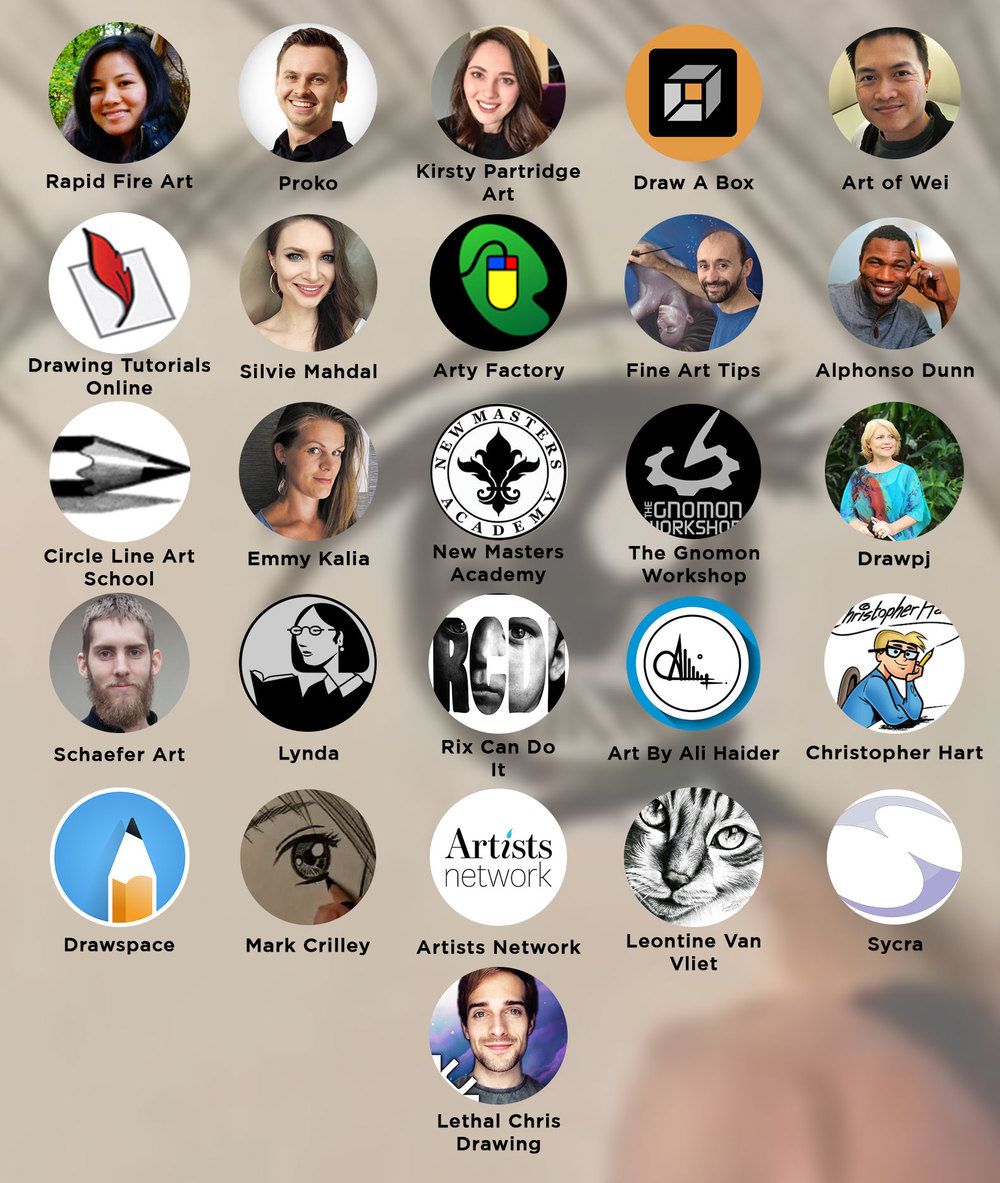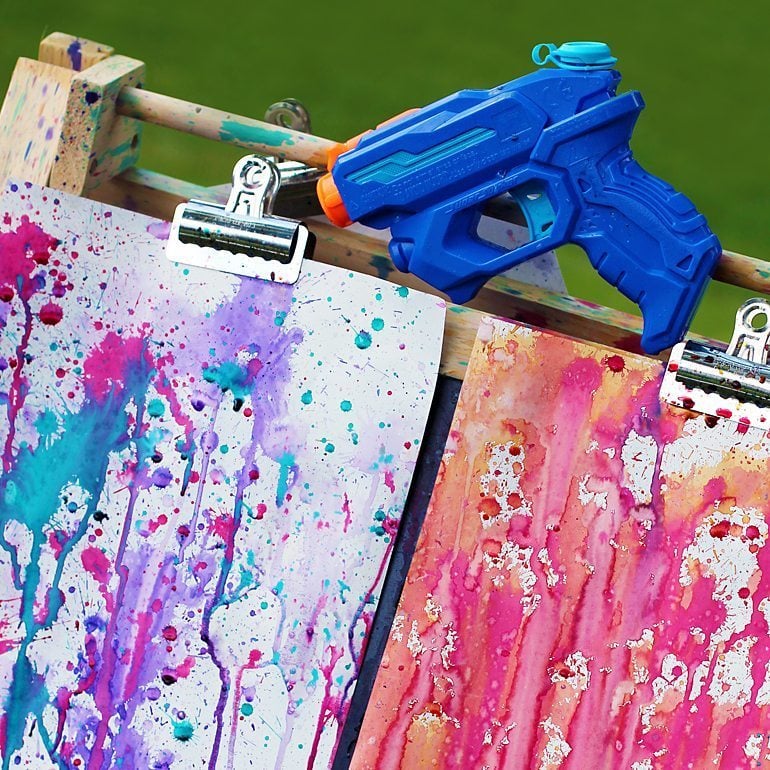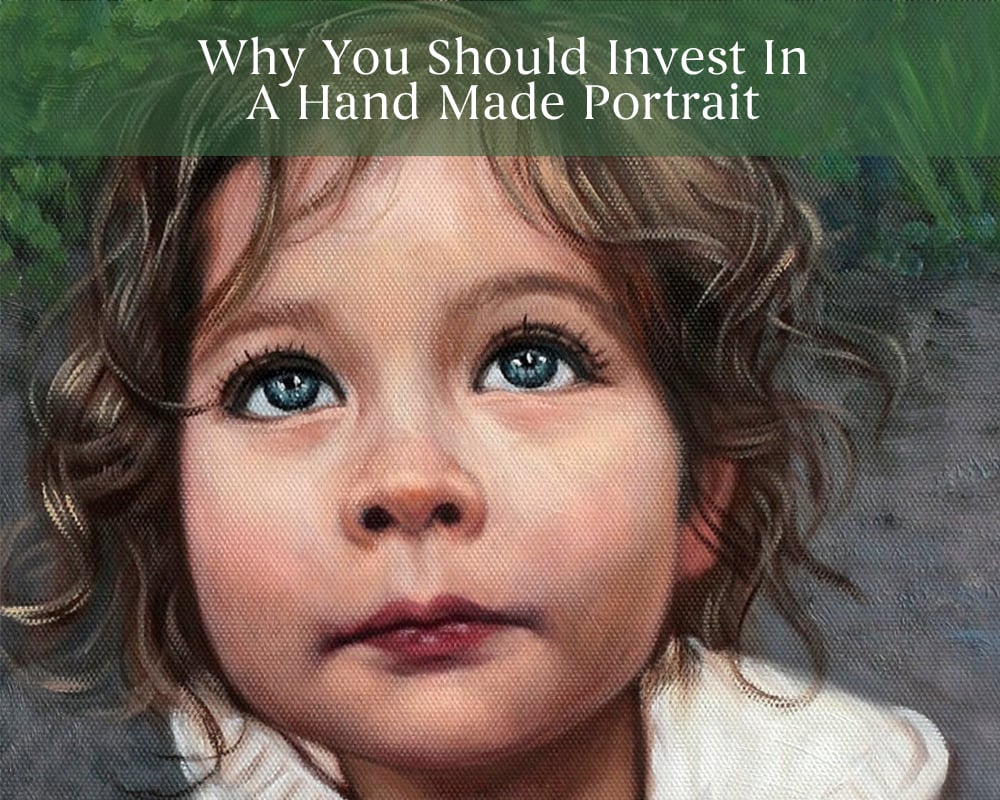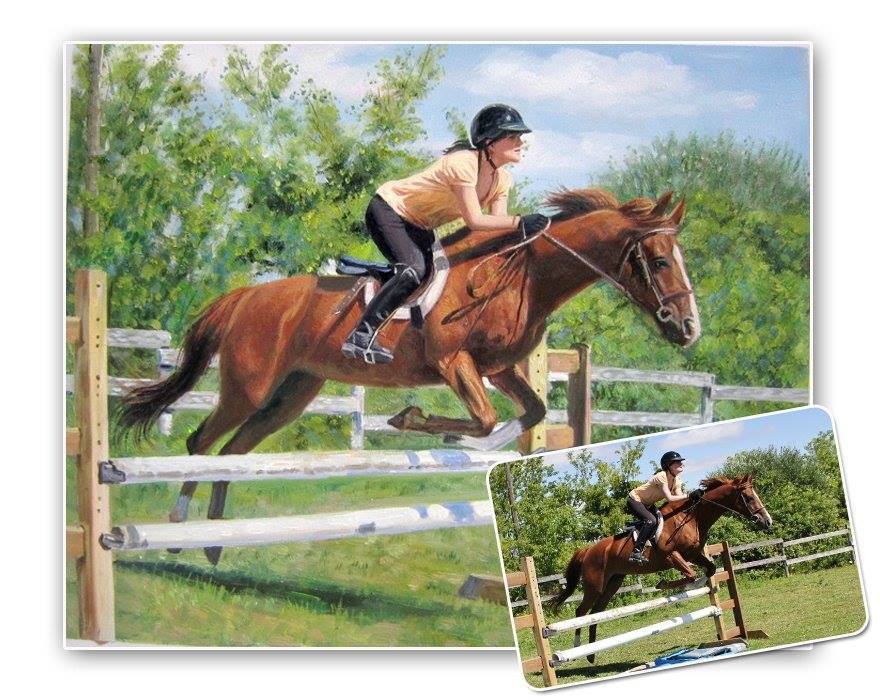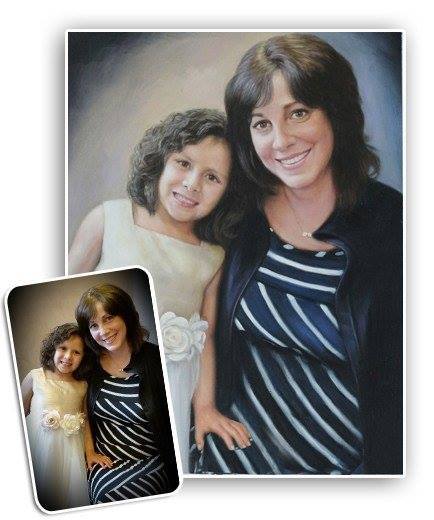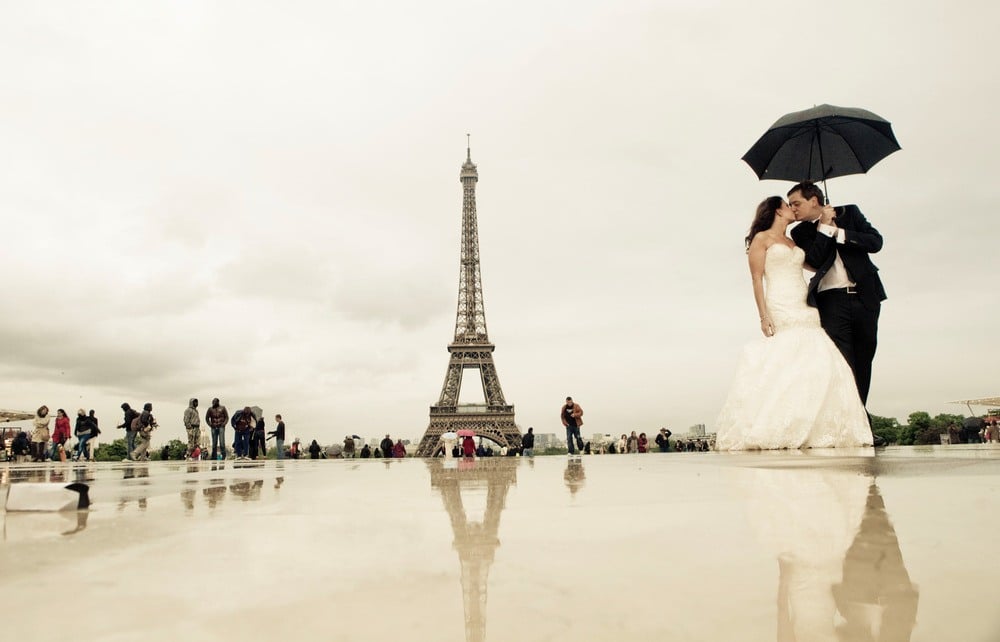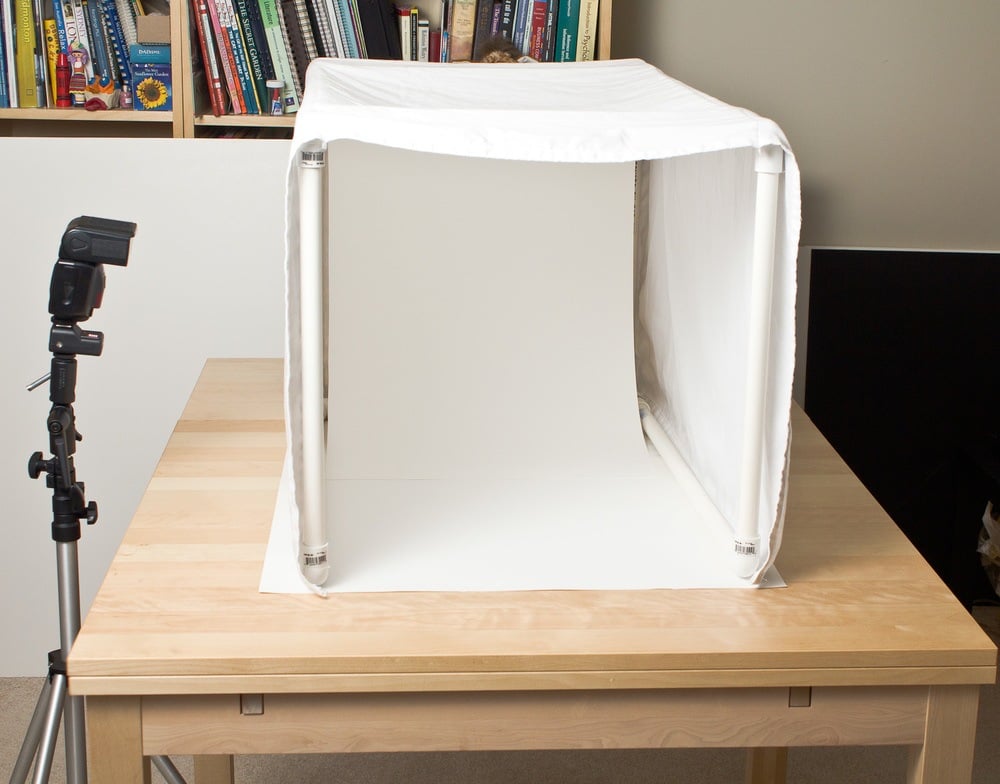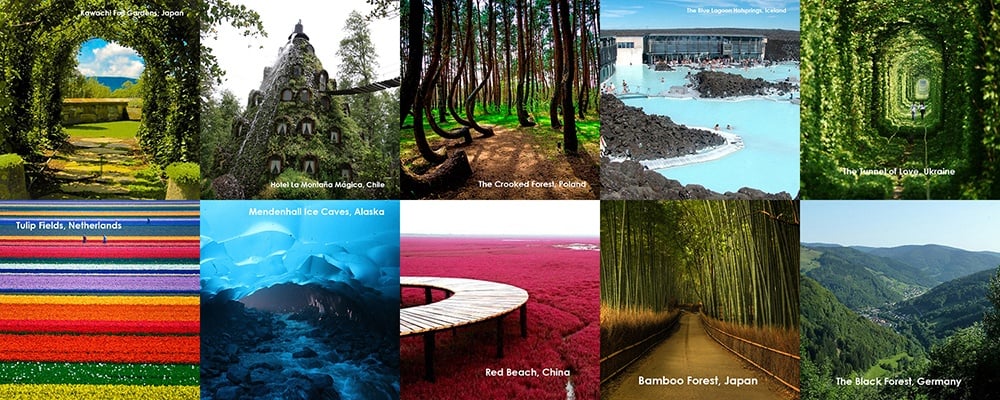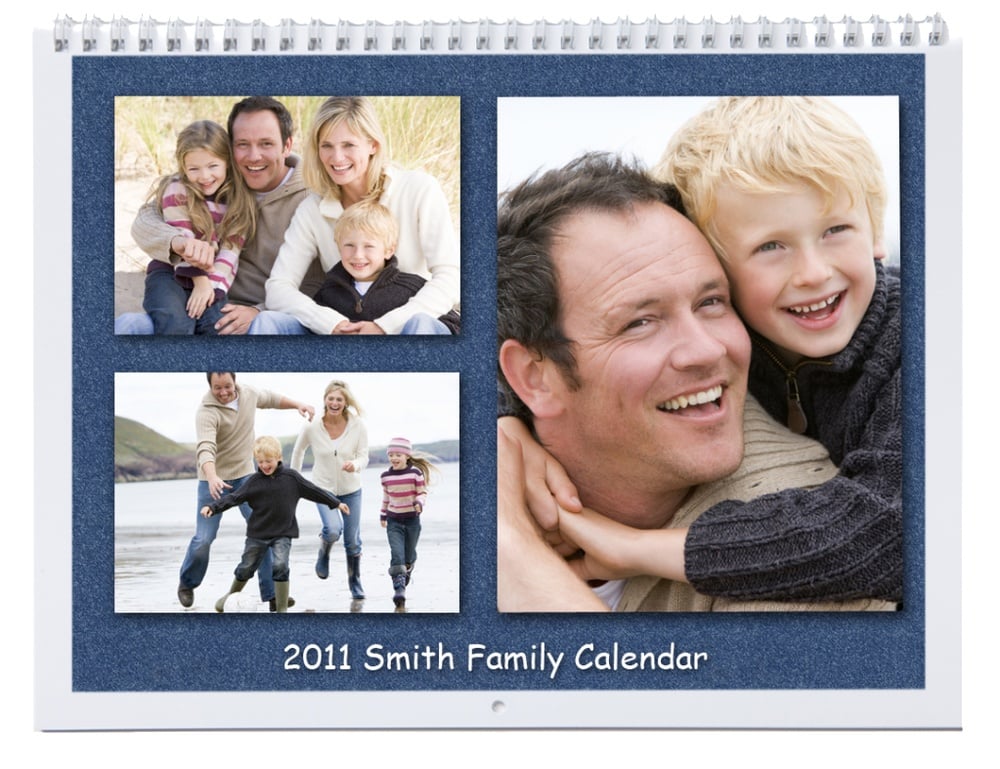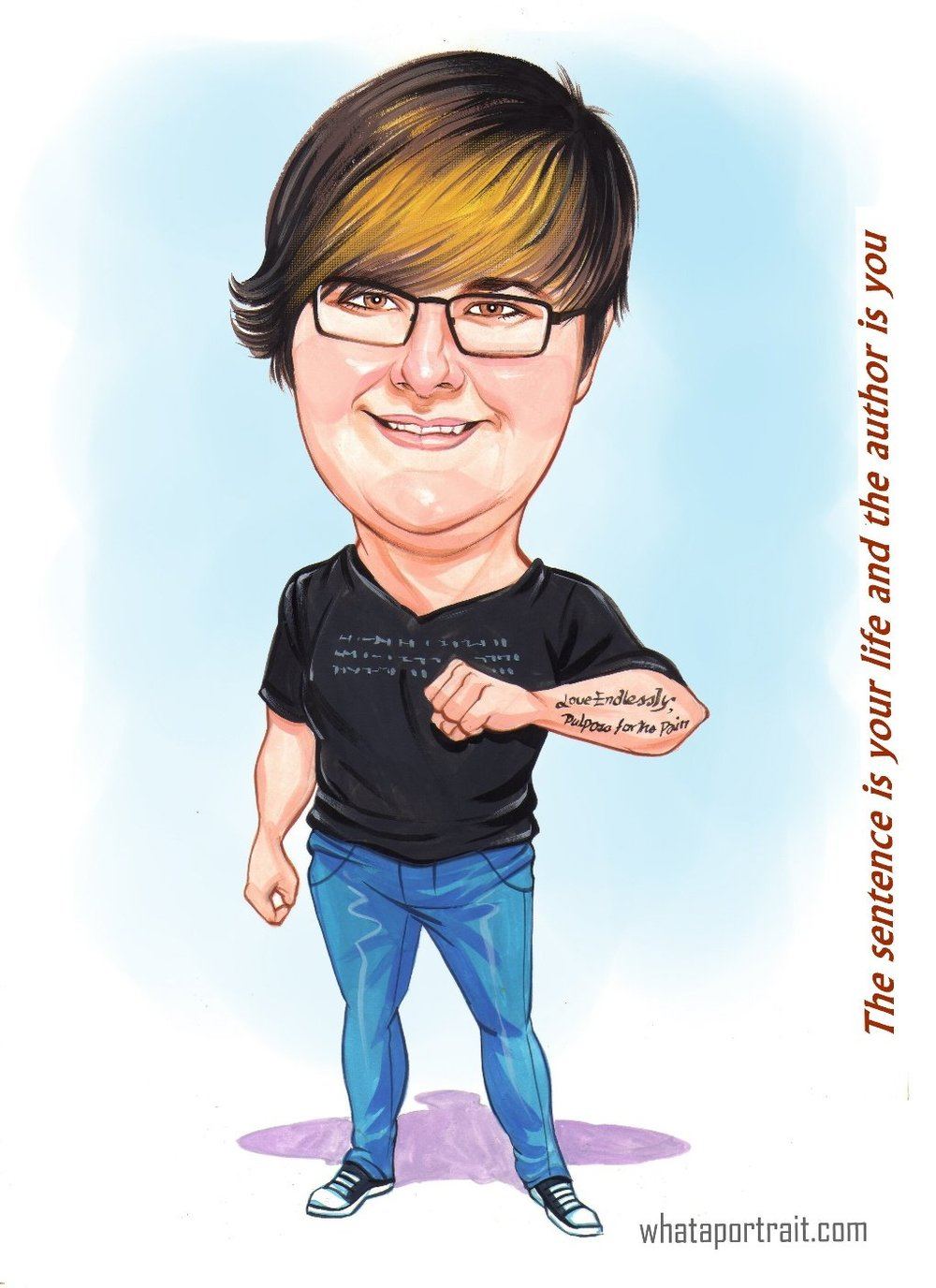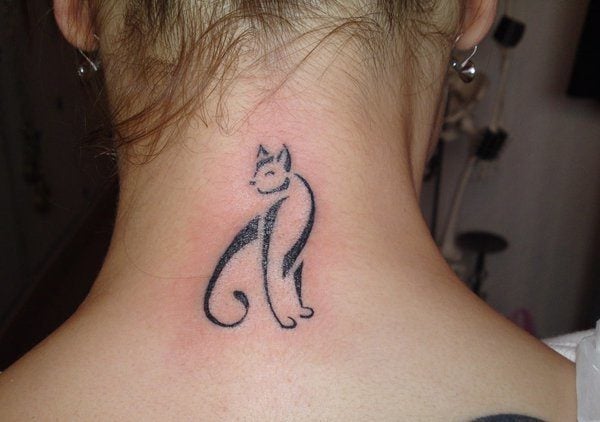Table of Content
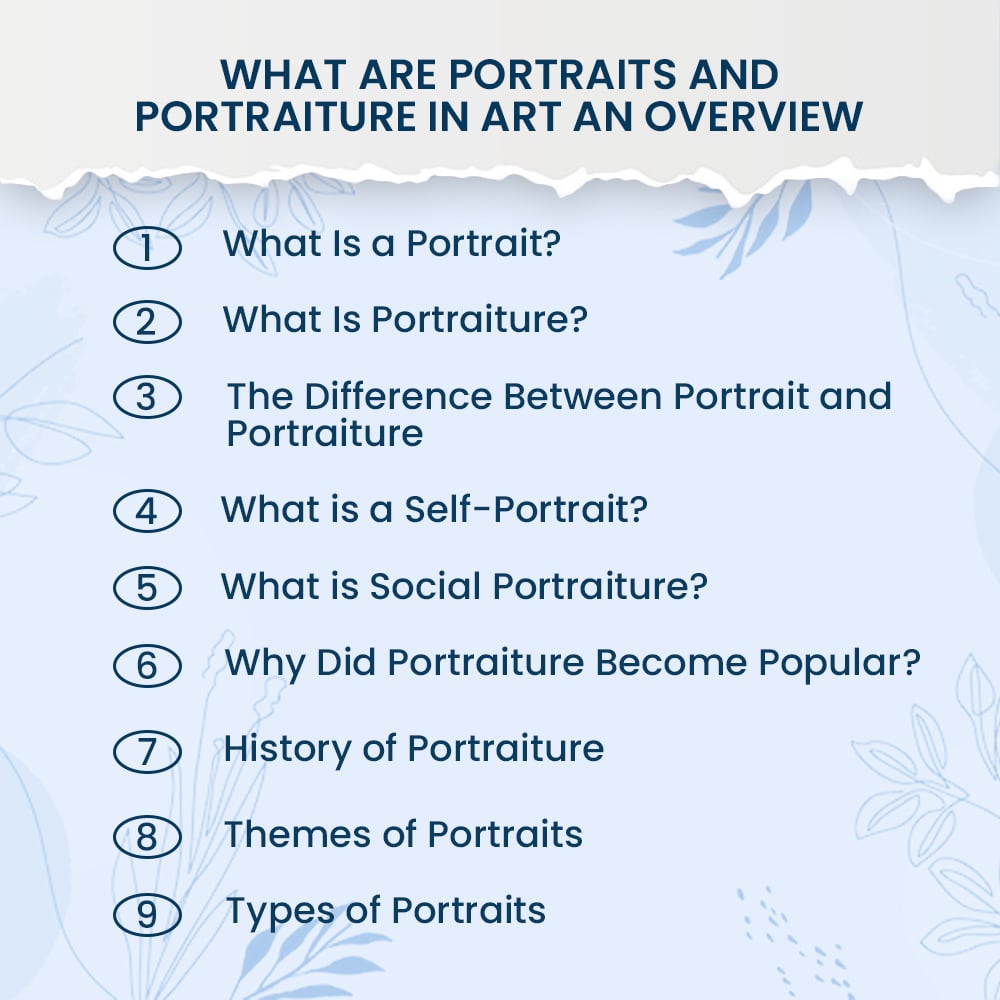
Portraiture is the best way to define a person’s identity in an artistic form. When artists envision and imagine their subjects realistically, they create beautiful portraits. Portraits and photography have been the predominant sources of information and learning through the centuries.
The art world has seen growth with the evolution of time. From cave engravings to digital art, the artist community has seen notable changes in portraiture creation. But, the main aim of painting portraits is to celebrate the human race's existence and document its history. People commemorate the contributions made by exceptional leaders and pioneers through their artworks.
This article will give us a deeper insight into portraits and portraiture. Continue reading further to explore and learn more about portraiture.
What Is a Portrait?
A portrait refers to an artistic representation of an individual’s persona. It is a compelling way of capturing a person’s life, emotions, expressions, and characteristics. An artist may create a portrait using oil painting, photography, or sculpting techniques.
The subject’s facial expressions are the most prominent element in most portraits. Good facial features add to the beauty of an image, giving the viewers an essence of the subject's qualities. The primary purpose of a portrait throughout the centuries has been to show a particular person's originality.
While making a strong portrait, the artist focuses not just on the physical appearance but on giving its viewers a glimpse of their subject’s inner self. Creating a portrait is a complex task requiring skill, dedication, and hours of hard work.
The orientation of a portrait is opposite to that of a landscape. Unlike landscapes, portraits have a longer vertical length and shorter width. A portrait usually includes the upper body, focusing on just the head. But, there are no restrictions on including the entire body in a frame.

Credit: Art Commission

Credit: Tate Modern
What Is Portraiture?
Many people, unaware of the meaning of the word portraiture, end up using it as a substitute for the term portrait. Though the difference between portraiture and portrait is minimal, using the correct terms is basic.
Portraiture refers to making portraits and defines the art category that includes all kinds of portraits. It encompasses all image-making methods, including photography, sculpting, drawings, and other mixed media.
Portraiture has been a significant part of art history for ages. Its main motive is to depict a particular person’s life and character. Portrait paintings and statues have been the most prevalent mediums of portraiture since the early Roman era.

Credit: The Modern Met

Credit: Realism Today

Credit: Pinterest
The Difference Between Portrait and Portraiture
We are often confused between the terms portrait and portraiture. In general, people interchange these words as synonyms for one another. But, in technical terms, portrait and portraiture have different meanings.
While portraits refer to the artistic way of representing individuals, portraiture is an art category. It includes portraits and sculptures, whether photographic, digital, or painted.
The term portrait can have three meanings depending on its noun, verb, or adjective usage. As a noun, a portrait is the end product received after the painting process. As a verb, the term portrait is a derivative of the action to portray. Finally, as an adjective, people use the word portrait to define the kind of art form.
In simple terms, portraiture is a large circle that incorporates portrait paintings, sculptures, and any digital medium within it. A portrait is a representation of a person using any artistic medium.
Knowing these two words' differences is essential for becoming a professional artist. Using the right words in context gives it a more structured format. It helps build trust and gain confidence in the art community.
What is a Self-Portrait?
Self-portraits is the fine arts category in which the artists portray themselves. Through self-portraits, an artist expresses the depth of their distinctive character. Art historians believe that the history of self-portraits dates back to the era of cave paintings. Yet, no literary pieces of evidence or art examples are available today.
The first known example of self-portraits goes back to the late Egyptian era. In 1365 B.C., an Egyptian Pharaoh, Akhenaten’s sculptor Bak, carved a figure of himself and his wife, Taheri.
During the Renaissance, self-portraits gained fame, and many artists tried attempting them. Some notable examples of artists who made self-portraits are Bernandino Campi, Hildegard of Bingen, Sir Anthony Van Dyck, and Rubens.
Jan van Eyck’s ‘Man in a Red Turban’ was the first three-quarter-view self-portrait. Back then, it was a new genre altogether.

Self-Portrait with Bernandino Campi

Self-Portrait with a Sunflower
Credit: Wikimedia Commons

Man in a Red Turban
Credit: Wikipedia
What is Social Portraiture?
Social Portraiture is the art of capturing a social moment, including the events which led to that moment. Art historians believe that social portraiture tells a story and conveys ideas of societal importance.
Social paintings or photography bring social issues and questions of importance to the public. It is an influential medium that conveys informational messages about prevailing societal problems.
Social portraiture can interview and question young people about the rising concerns and inspire them to develop solutions. Portrait photography is also an excellent way of bringing crucial matters in front of society.

Credit: SLR Lounge

Credit: Walther Collection
Why Did Portraiture Become Popular?
Portraiture is a blend of art, history, and biography. An artist showcases and focuses on a person’s personality, traits, and life history. Through their paintings, creators want to convey the stories of their subjects.
The reason portraiture became famous was the realistic representation of a person. Observing a famous portrait from the past can help one derive its cultural, social, and political background and history. Individuals feel they meet someone when they see a realistic, lifelike photograph. The figure of the picture comes alive, telling their story.
The fact that portraiture is the only art form with its own galleries and museums is another reason why it became so popular. It inspired countless works, significant exhibitions, and artwork collections. Some art galleries devoted to portraiture are The National Gallery in London, the Scottish Portrait Gallery in Edinburgh, the National Portrait Gallery in Washington D.C., etc.

Credit: The Guardian

Credit: National Portrait Gallery
In the ancient period, paintings were the only source of communication. Portrait artists depicted part figures commemorating and celebrating the lives of great emperors. This resulted in portraiture gaining popularity in the middle ages and Renaissance period.
History of Portraiture
Portraiture is one of the oldest art forms prevailing today, and its history dates back to 5000 years ago. Miniature paintings and drawings were vital sources of communication in the ancient era. Before the invention of the camera, they were the only mediums of recording and storing historical information.
A sculpture or portrait was a visual representation of an individual’s personality, status, taste, and learning. Portrait paintings, more than a record, symbolized position and prestige. In this section, we will explore the historical background of portraitures.
1) Ancient Artwork
Egyptian, Roman, and Greek cultures were the three civilizations from where portraiture originated.
Egyptian artisans used stones, wooden panels, clay, etc., as prominent art mediums. Artists drew portraits of their rulers and pharaohs to worship and pay tribute to them. The Egyptian people believed in creating a good afterlife for the departed souls. Thus, the Egyptian tombs had inscriptions and engravings on them.
The monumental statues in Egyptian temples are well-known for their fine art and delicate detailing. Since the paintings focussed on symbolism, they were not hyper-realistic. Some examples are Fayum Mummy Portrait, Statue of Pharaoh Menkaura and Queen Khamerernebty II, The Seated Scribe, etc.

Statue of Pharaoh Menkaura
Queen Khamerernebty II

Fayum Mummy Portrait
Credit: Pinterest
Greek artists created portraiture to honor and pay tribute to their prominent leaders. They made statues, paintings, and inscribed coins praising their leaders. Greeks also used portraiture as a source of worshipping their God. Despite their rich culture, there is no evidence of Greek art today.
Ancient Rome also has a rich history in art, like Egyptian and Greek civilizations. The visual culture of the Greeks, Etruscans, and Egyptians inspired the Roman civilization’s art. Romans experimented with mediums like metalwork, engravings, and frescos and created masterpieces.
Roman artists related art with religion and developed strong beliefs and faith among people. They even honored their military generals and Roman emperors through portraiture. Unlike Egyptian and Greek artwork, Romans created much more realistic artwork and sculptures.
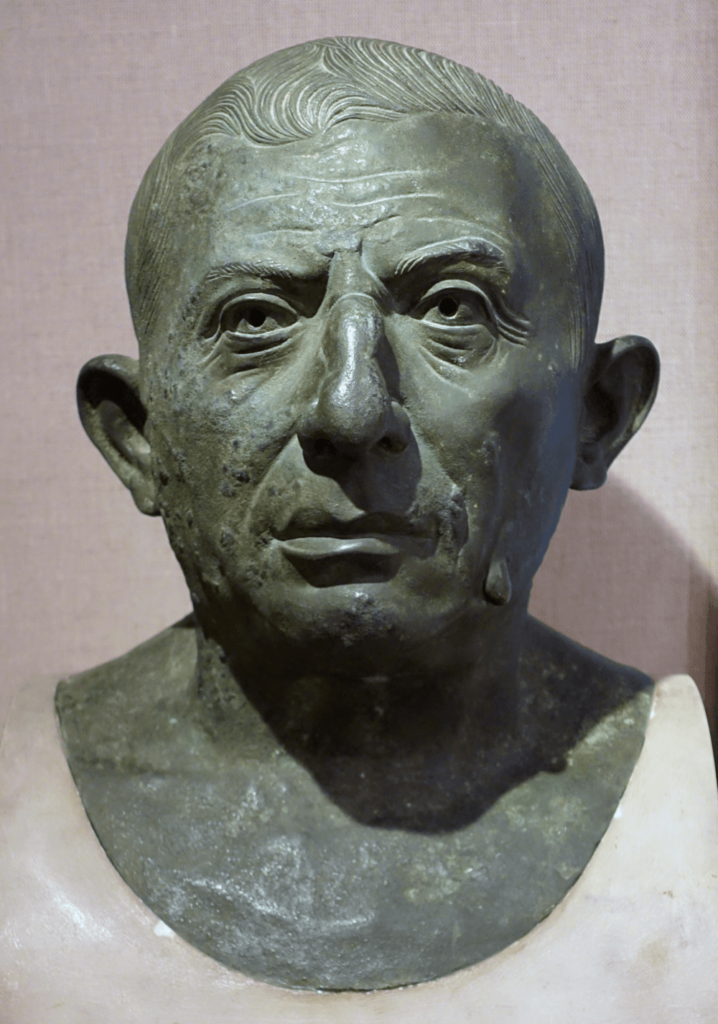
Credit: Wikipedia

Credit: Digital Maps
2) Medieval Age Art
The Medieval Age arose with the fall of the Western Roman Empire. Religion was the dominant art theme in the Middle Ages. The churches commissioned artwork related to Biblical teachings and Christian ideology.
Artists dedicated most frescos, mosaics, and illuminated scripts to Virgin Mary and Jesus Christ. The cathedrals, monasteries, and other sacred places predominantly featured Christian artworks. Priests and monks used manuscripts with Christian dogmas to teach the masses.
Medieval art represented humans as dull, firm, and unemotional. The paintings concentrated on biblical themes and religious stories of churches. Holy and spiritual learning dominated society. People only believed in God and life after death, so portraiture was uncommon.
But, in the late Middle Ages, medieval portrait painting re-emerged with the emergence of Gothic art. The tomb monuments, panel creations, manuscripts, etc., witnessed the appearance of human figures in art. Artists began focussing on materialistic depictions along with Godly themes.

Credit: History Stack Exchange

Credit: Art in Context
3) Renaissance Age Art
The decline of the Medieval art era gave rise to the Renaissance period. Society saw a revolutionary change in art and culture as Renaissance arose. Many artists, along with countless works of art, emerged to fame. They recreated their portrait style, inspired by Roman and Greek artwork.
The rebirth of society changed many notions and concepts humans had. As humanism and naturalism spread in the community, people started focusing on bringing back human ideals. They started creating realistic artwork representing human emotions, interactions, and postures.
People believed in God but condemned the dominance of churches over people. Many artists reduced the depiction of religious themes in their art pieces. This gave rise to three-dimensional realistic portraits and sculptures.
The discovery of linear perspective and chiaroscuro gave depth to dull paintings. Renaissance artists made more expressive artwork. The body language of the subjects conveyed their status and position in society. Thus, during the Renaissance, the new portraiture age arose.
Some classic portraitures of the Renaissance era included Leonardo da Vinci’s ‘Mona Lisa,’ Michaelangelo’s statue ‘The David,’ Jan van Eyck’s ‘Arnolfini Portrait,’ Petrus Christus’s ‘Portrait of a Young Girl,’ and many more.
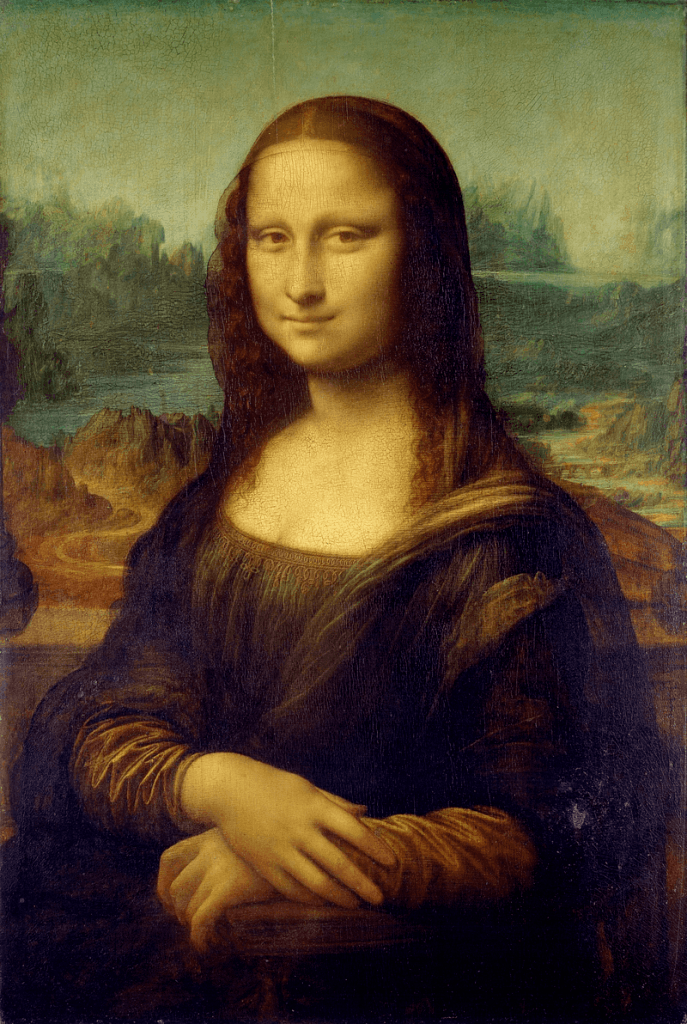
Mona Lisa
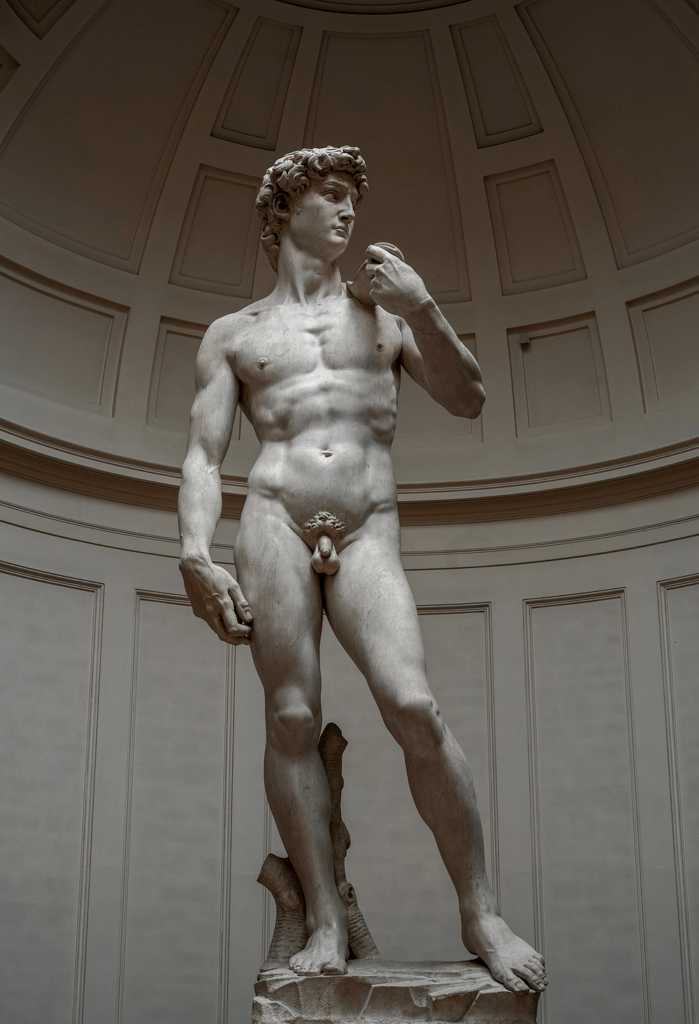
The David
Credit: Wikipedia
Themes of Portraits
Portraiture is one of the most creative and captivating art forms. The creation of a portrait is about capturing an individual’s identity and soul on a canvas or in a photograph. The main motive of portrait paintings and photography is to give the viewers an essence of the sitter’s identity.
Here are eight types of portrait genres and themes that you can use as an inspiration in the future:
1) Traditional Portraits
Traditional portraits are the simplest types of portraits an artist can create. This portrait style follows the half-body composition, with an entire focus on the model's head, shoulders, and upper body. A conventional portrait has a formal backdrop with the subject looking directly into the camera. People typically commission these portraits for legal and ceremonial work.
The traditional style of portrait painting is rare. Thus, people hire professional portrait photographers to click formal pictures for paperwork, official documents, visa work, etc.
2) Classical Portraits
A classical portrait refers to a portrait painting inspired by the artworks of ancient times. In this portrait style, the artist picks themes from famous antique art pieces and creates a new version. By and large classical portraits are imitations of the renowned artwork of notable artists of past eras.
Leonardo da Vinci’s ‘Mona Lisa’ and ‘The Girl with a Pearl Earring’ by Johannes Vermeer are iconic portraits replicated over a thousand times by artists across the globe. Art learners reproduce such illustrations to perfect their painting skills and learn new techniques.

The Girl with Pearl Earring
3) Lifestyle Portraits
Lifestyle portraits reflect the day-to-day activities of an individual or a group. These portraits are opposite to traditional paintings and aim to resemble the day's ordinary things. Lifestyle illustration style is prominent while creating family or group portraits.
Painting a picture on the spot requires much time and patience. Holding many people together in a pose for several hours is impossible. Thus, it is convenient for an artist to create lifestyle portraits using an image or photograph.
Lifestyle portraiture represents originality and realism. People prefer lifestyle portraits as they are realistic and natural.
4) Candid Portraits
Candid portraits depict the joyous moments an individual experiences. People hire artists to recreate their candid photos into painted images as they remind them of their sweet memories. Candid pictures only reflect reality, with no fake emotions or posing.
Artists use candid photographs as inspiration to practice more complex and elaborate facial expressions and body movements. Examples of candid portraits include a group of friends laughing together, a group hug by family, siblings having fun, etc.

Credit: Cole Gallery
5) Environmental Portraits
Environmental portrait paintings are the best option for a nature and art lover. Such paintings feature and focuses on the person and environment equally. But, it is optional to paint environmental portraits in landscape and natural surroundings. One can even choose a location special to them.
People commission environmental portraits to represent the importance specific places have for them. For example, a basketball court, a ballet ballroom, a football stadium, parks, a seaside, etc.
6) Memorial Portraits
Memorial portrait paintings act as a tribute to a deceased person. Memorial portraits are also known as posthumous or remembrance portraits. People order these paintings to celebrate and commemorate the life of their deceased loved one. Memorial portraits are a unique way of cherishing the beautiful memories of lost loved ones.
Memorial paintings are challenging for art creators as they have high emotional value. Such portraits are a precious remembrance of departed souls and help people recover from their loss. Memorial portraits are the best gift for comforting grieving friends and alleviating their pain.

Credit: Etsy
7) Glamorous Portraits
Glamorous portrait paintings showcase the status and prestige of individuals in society. In the ancient era, royal families hired art persons to paint portraits representing power and position. Those portraits acted as a reference for generations to come.
Today, people buy expensive portrait paintings of notable artists to decorate houses. The beauty of artwork adds a glamorous touch to their home decor.
Photographs of fashion shoots are also known as glamorous portraits. People hire professional designers and elegant models to enhance the project’s beauty during glamour photography.
8) Pet Portraits
Humans love pet animals and leave no way to pamper them. Every pet lover treasures their pet's memories and wants to preserve them forever. Pet portraits define an animal’s personality, traits, and behavior on a single canvas. These portraits capture the unique bond between pets and their owners.
Excellent pet photography reflect cherishable moments and is a perfect gift for a pet lover. It is a complicated task for any artist to paint pet portraits on the spot. Hence, they prefer photos and pictures of pets to make an alluring pet portrait.
Thus, any artist can use these styles and themes as inspiration while making painted portraits.

Credit: What A Portrait
Types of Portraits
Portraiture in any form, whether a painted portrait, portrait photography, or digital art, can be classified on two bases:
- The number of people present in the portrait
- The length and pose of the subject in the portrait
Classification Based on the Number of People in the Portrait
a) Individual Portrait
Single-person portraits define the facial characteristics and features of an individual. The focus in individual paintings is on the subject’s actions, lifestyle, attributes, and behavior. In the medieval era, single portrait paintings were significant, and artisans used to make them for majestic kings.
Another variation of an individual portrait is a self-portrait. In a self-portrait, the artist tries to represent himself in the painting. He tries to reach his viewers and also tell his story, beliefs, and experiences.
b) Duo Portrait
Double portraits represent the relationship between the two individuals in the frame. The artist tries to balance such paintings' two complementary or contrasting personalities. The portrait's vibe gives viewers an idea about the bond between the two subjects.
Examples of duo portraits are pictures depicting a married couple, two friends, siblings, a pet and its owner, etc.

Credit: 99 Designs
c) Group Portrait
A group portrait includes more than two people in the painting. The artist tries to capture the group's emotions through such pictures. It may be a family portrait, a formal meeting portrait, or a team portrait. The poses in a group portrait can vary from all people standing to all people sitting or some standing while the others are sitting.
People make group portraits to create memorial pictures of ancestors or members of a reputed organization.

Credit: Ephemeral New York
Classification Based on the Length and Pose of the Portrait
a) Full-Length View
In a full-length portrait, the entire body of the subject covers the frame. The focus is on the subject’s full body, attire, and body language. With the right balance of shadows and highlights, the artists create a contrasting effect in the portrait. The backgrounds of such paintings are chosen depending on the subject’s portrayal.
During the eighteenth century, the royal kings, aristocrats, and leaders commissioned full-length portraits to show their societal prestige and status.

Credit: Amazon CA
b) Half-Length View
The upper half body of the subject is visible in the half-length portrait. In such portrait paintings, attention is on the subject’s head to waist. The characteristics and facial expressions are vital in making such half-length portraits.

Credit: Wikimedia Commons
c) Three-Quarter Length View
The three-quarter view comes in the middle of full-length and half-length portraits. A three-quarter picture covers the part of the body from the subject’s head to the knees. An artist can make such portrait art using traditional oil painting colors.

Credit: Pinterest
d) Bust View
A bust view comprises just the head and the neck of the subject. The bust-length picture portrays the person's facial profile, expressions, and intricacies. An artist highlights minute details and depicts the person’s feelings or thoughts. The subject's glance may be straight at the viewer or in another direction.
This frontal view is a conventional pose in portrait paintings. One must keep a minimal and dull backdrop so the viewers can focus on the subject’s characteristics.

Credit: Pinterest
e) Profile View
The profile view captures the profile, i.e., the side view of the subject. The subject’s face turns 90 degrees towards a side. The clear view of the jawline, nose, etc., gives depth to the picture. The angles add realism and make the portrait more aesthetically pleasing.
Conclusion
Portraiture has been making remarkable contributions to art history for ages. With the evolution of time, the art forms changed, but the purpose remained the same. Portraits are still one of the most famous art forms in the society. Whether to gift someone or treasure a precious memory, portraits always come in handy.

